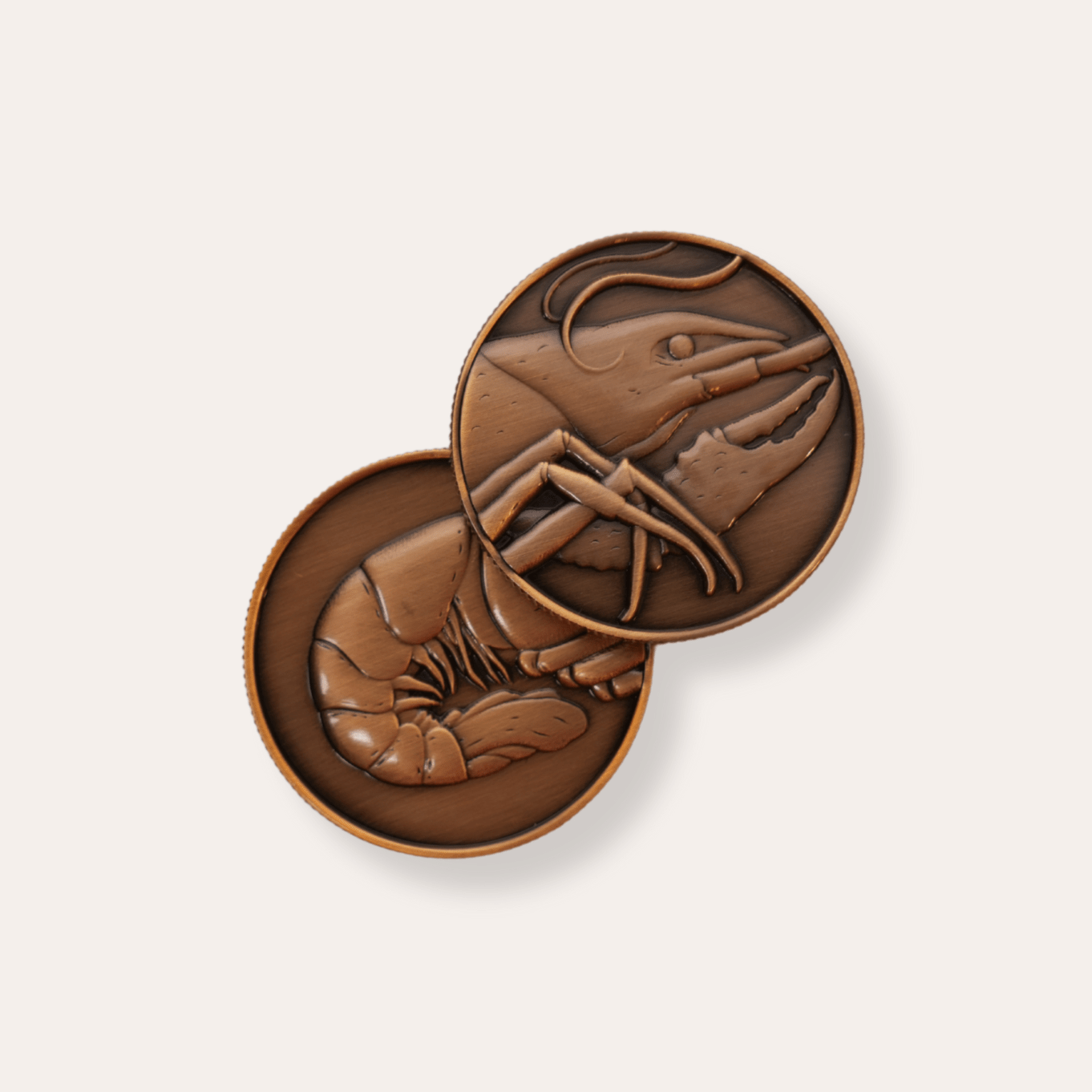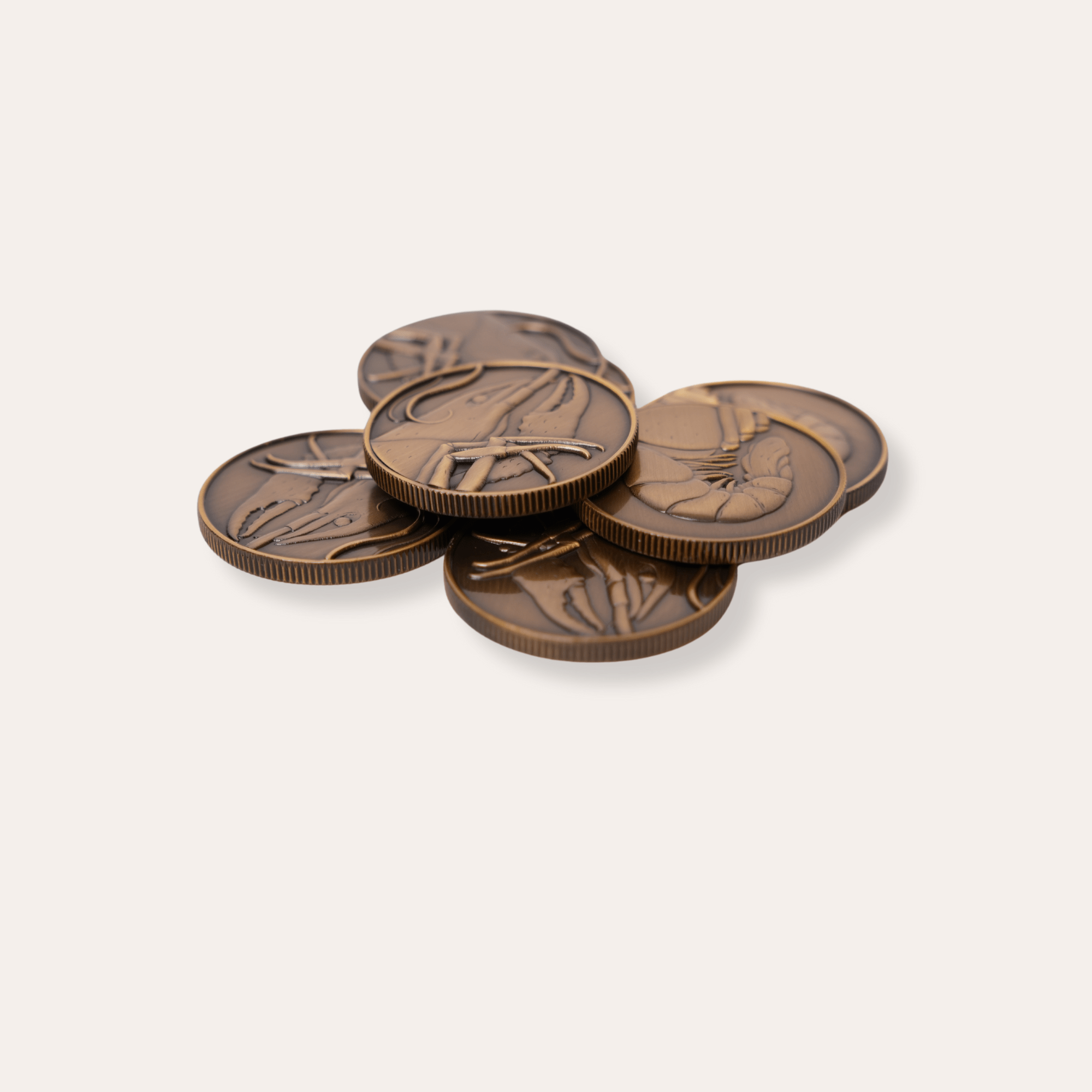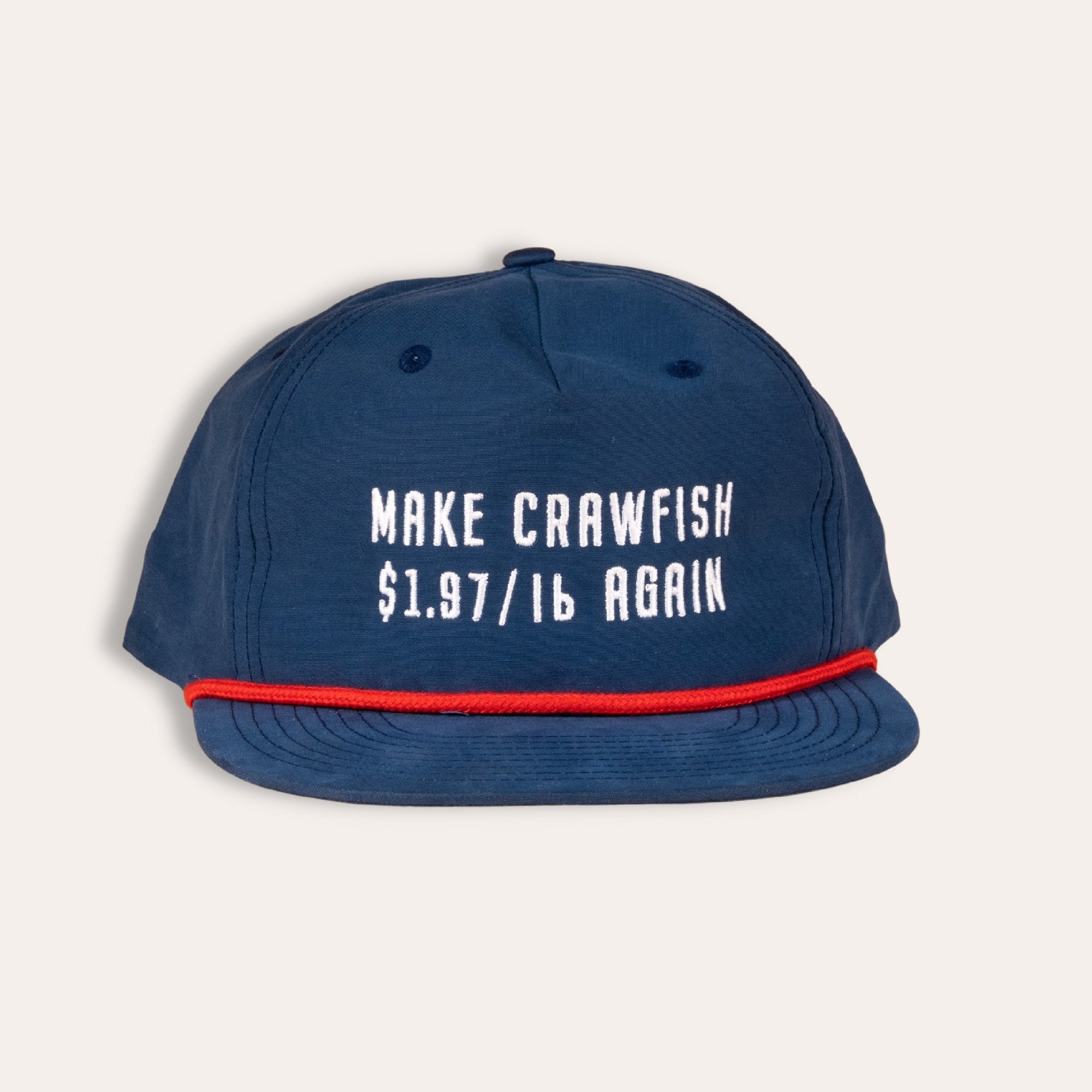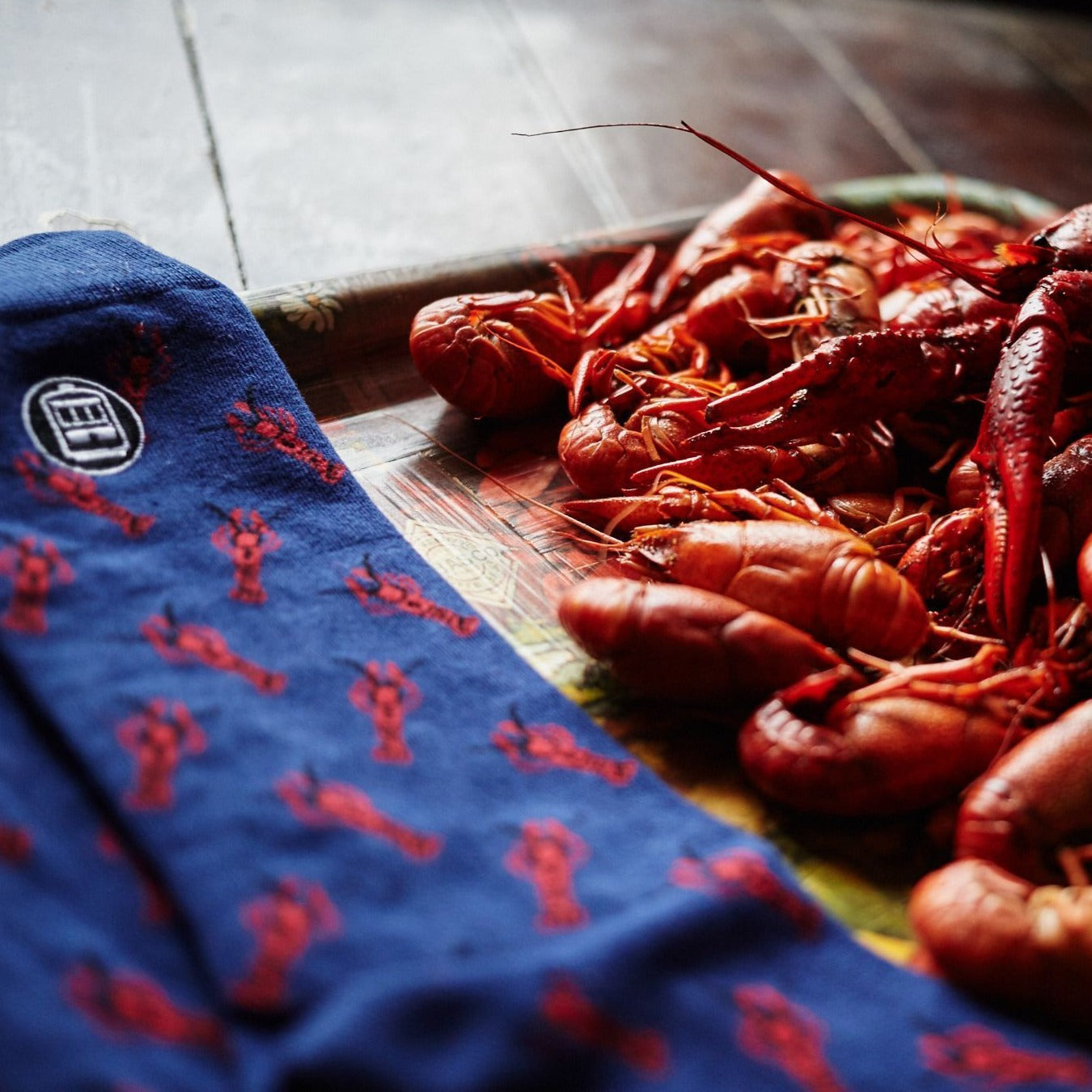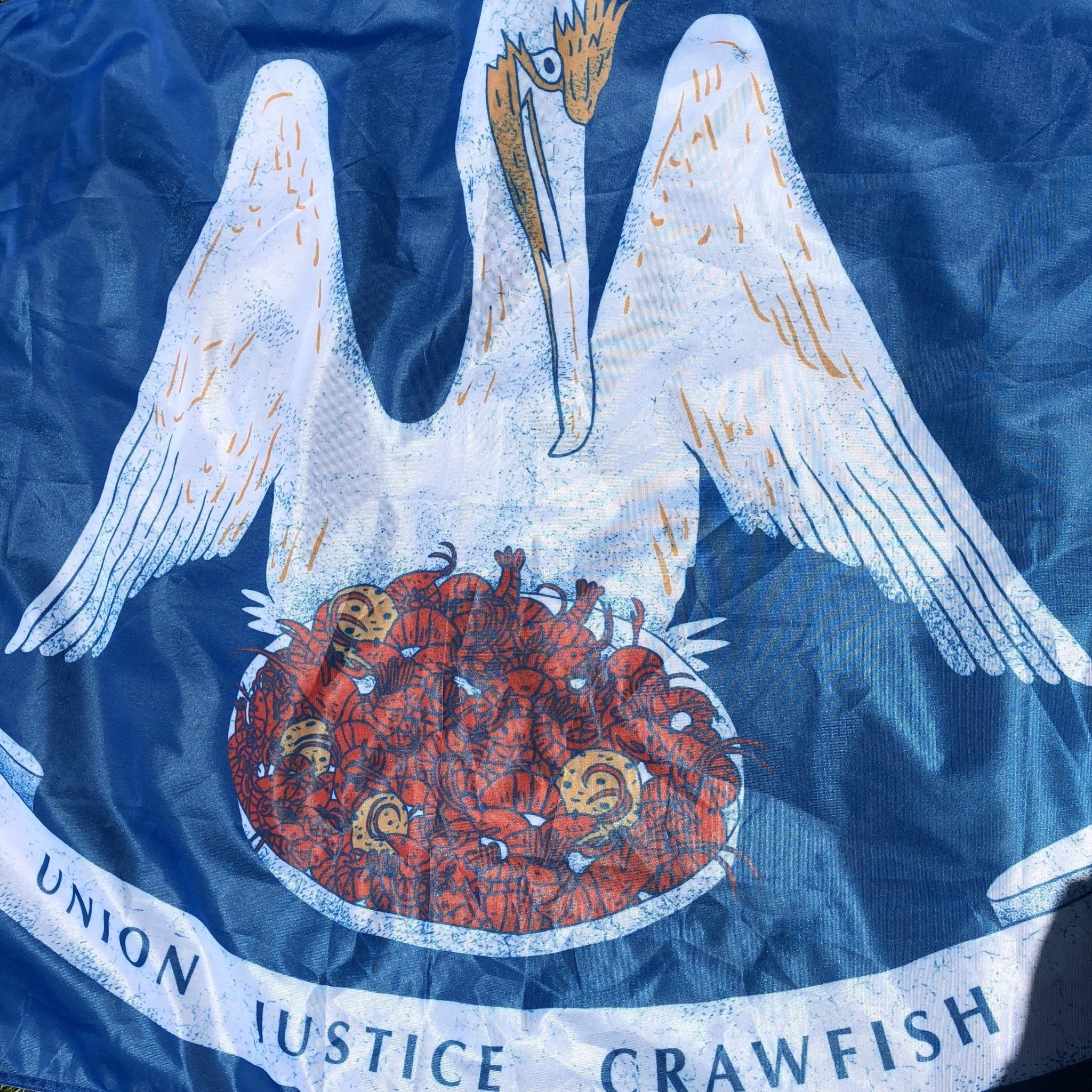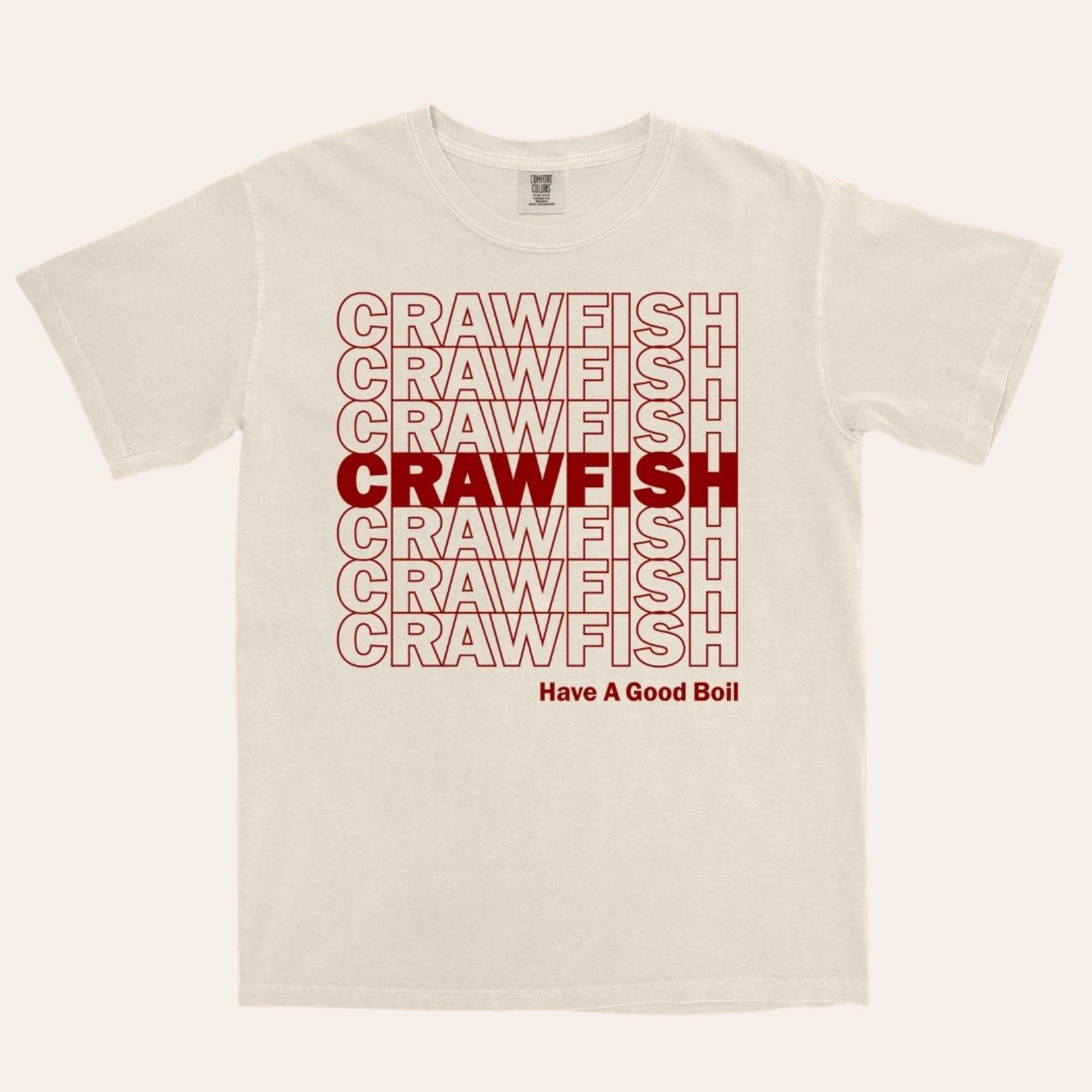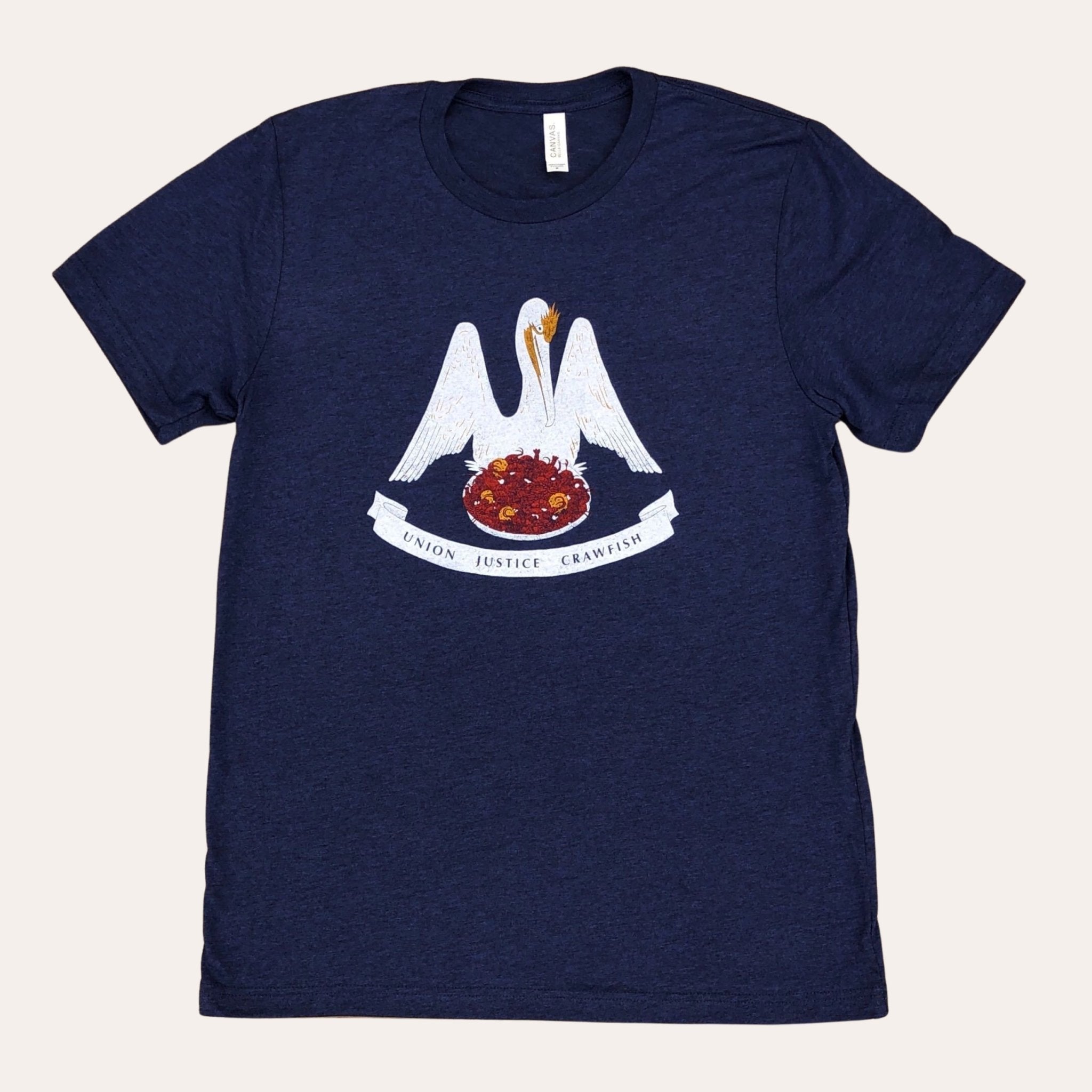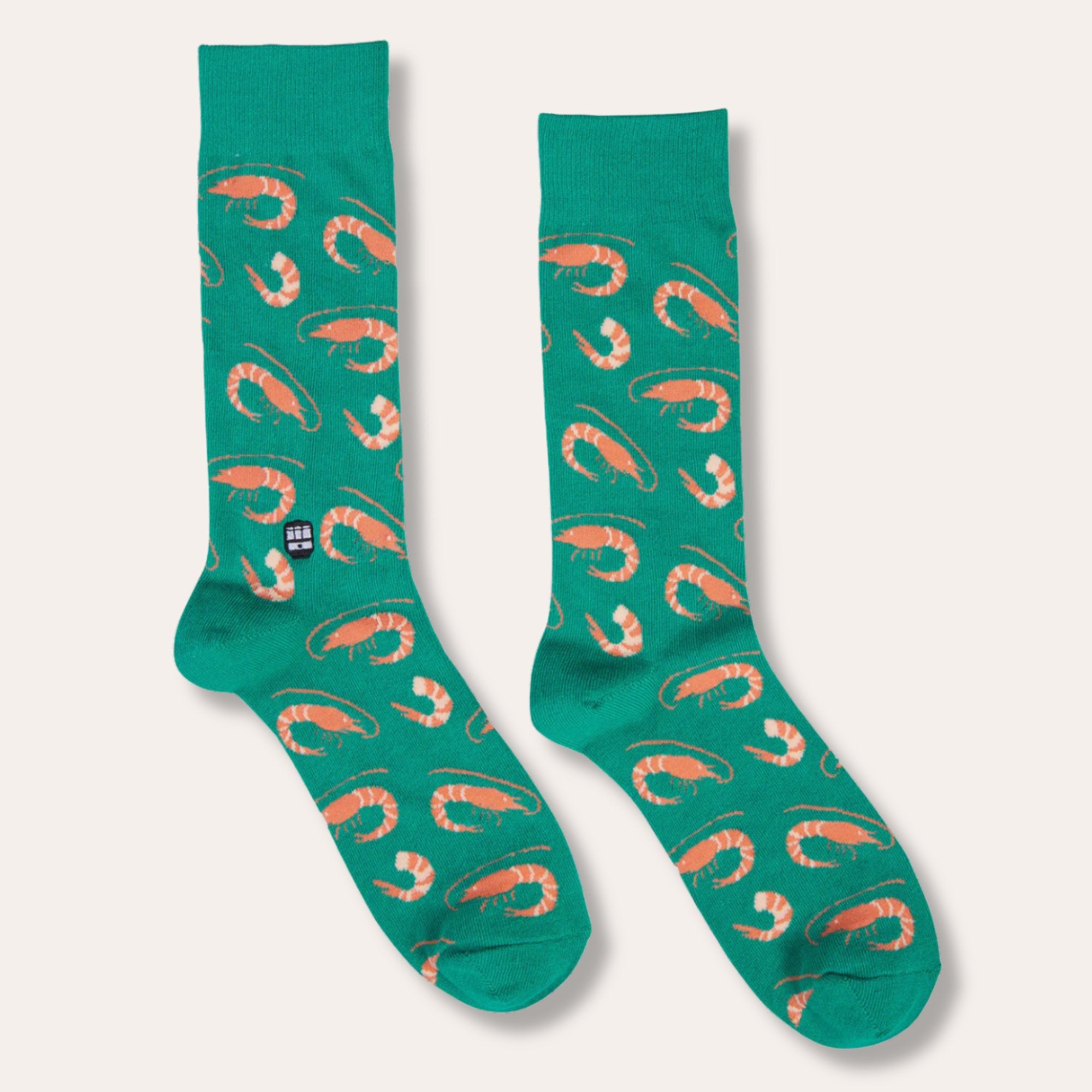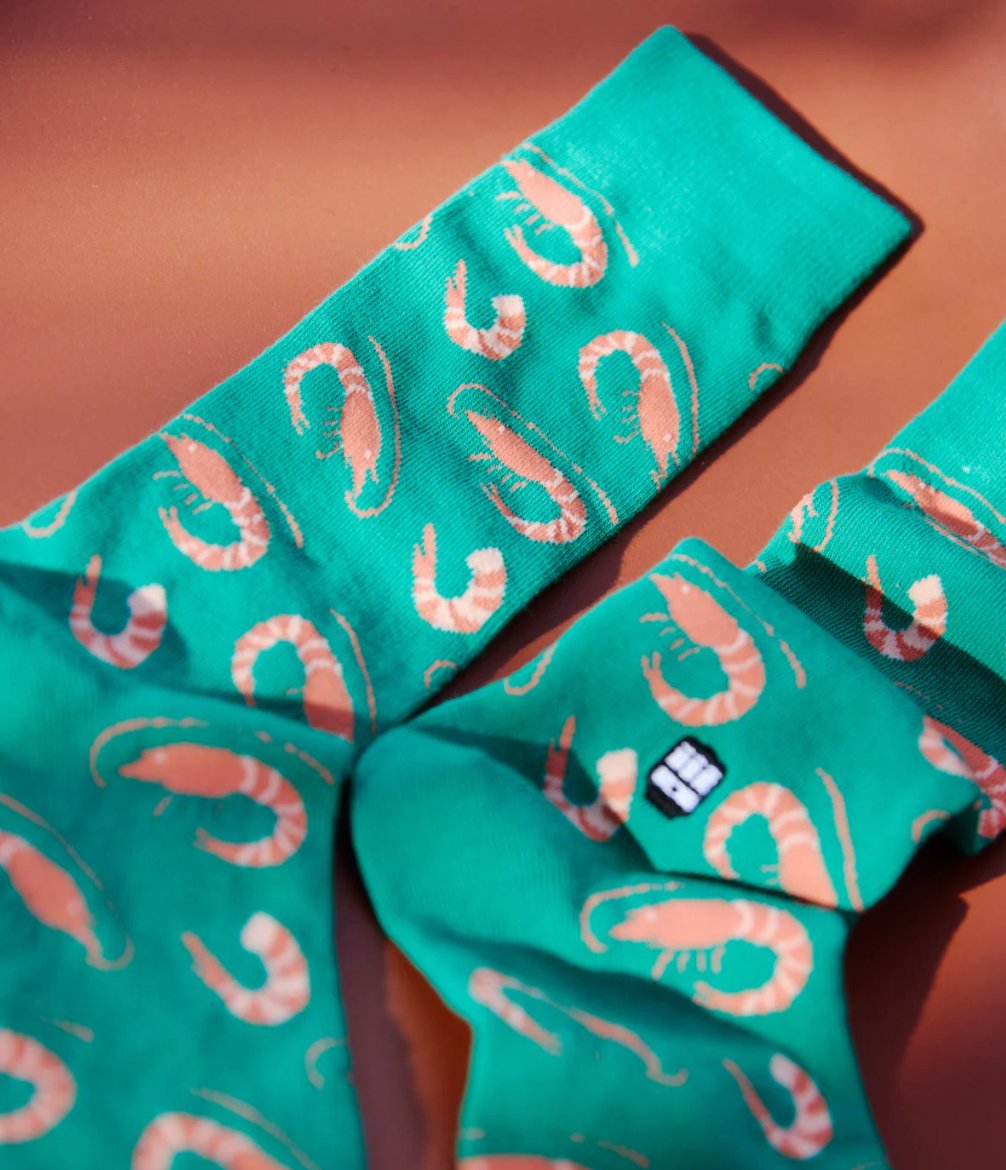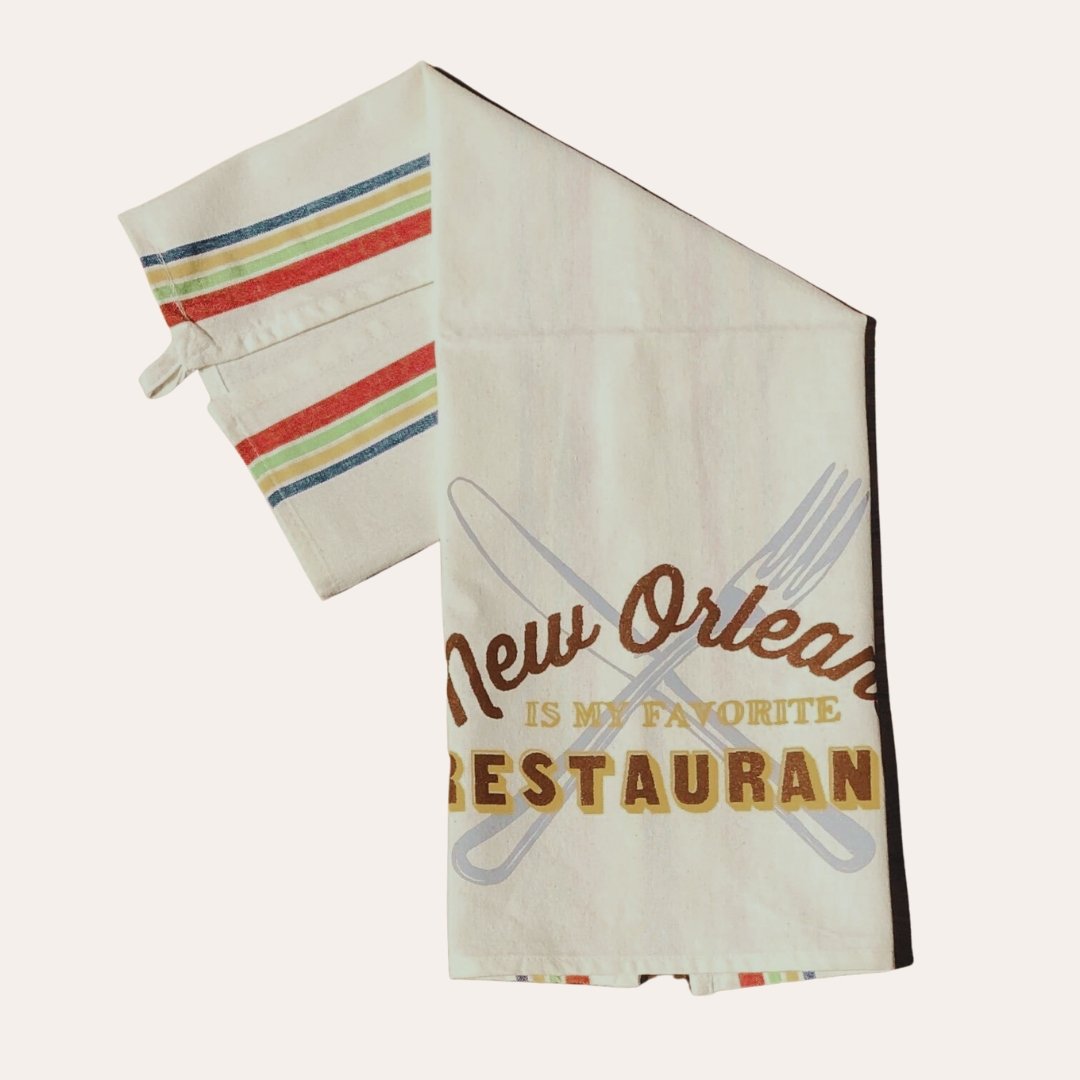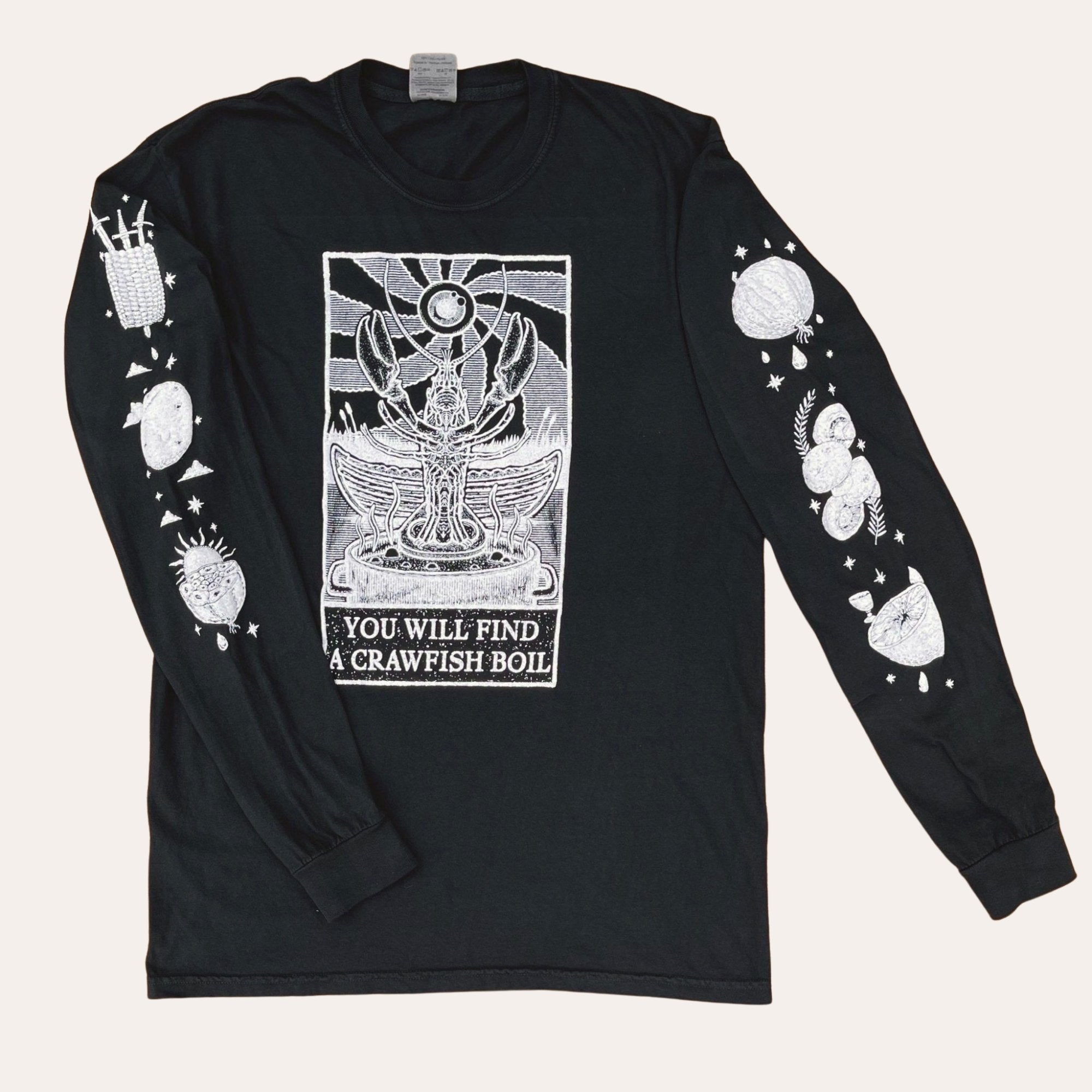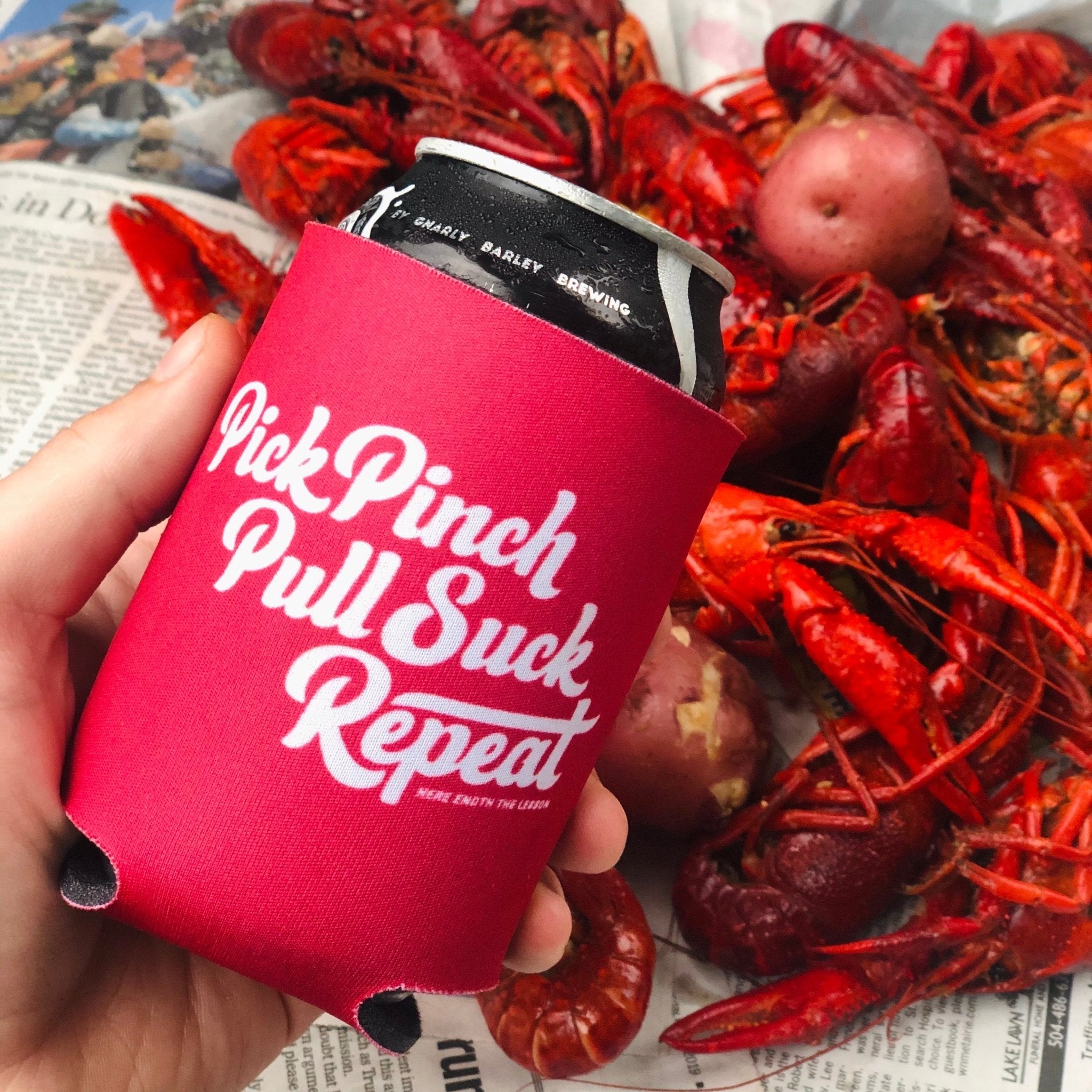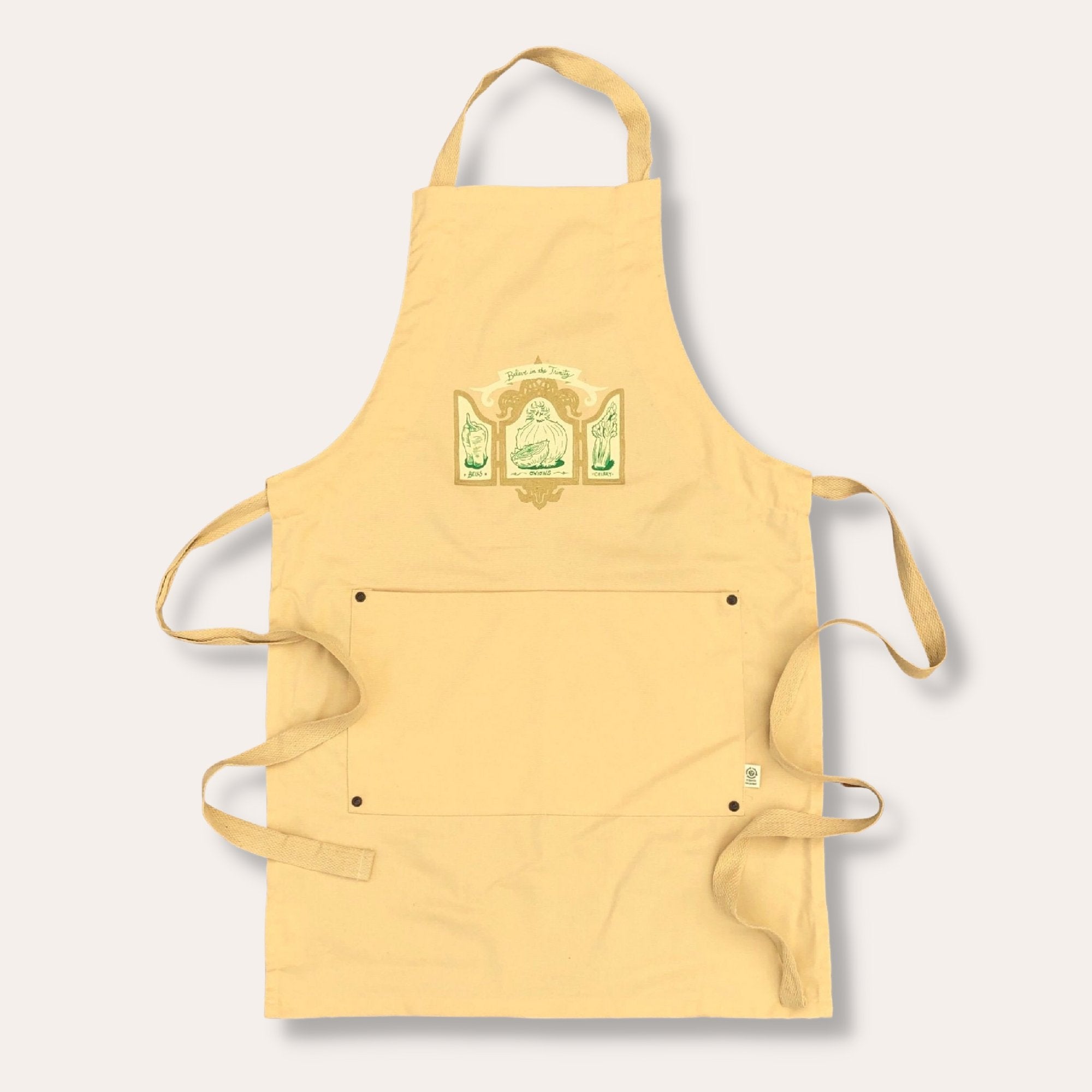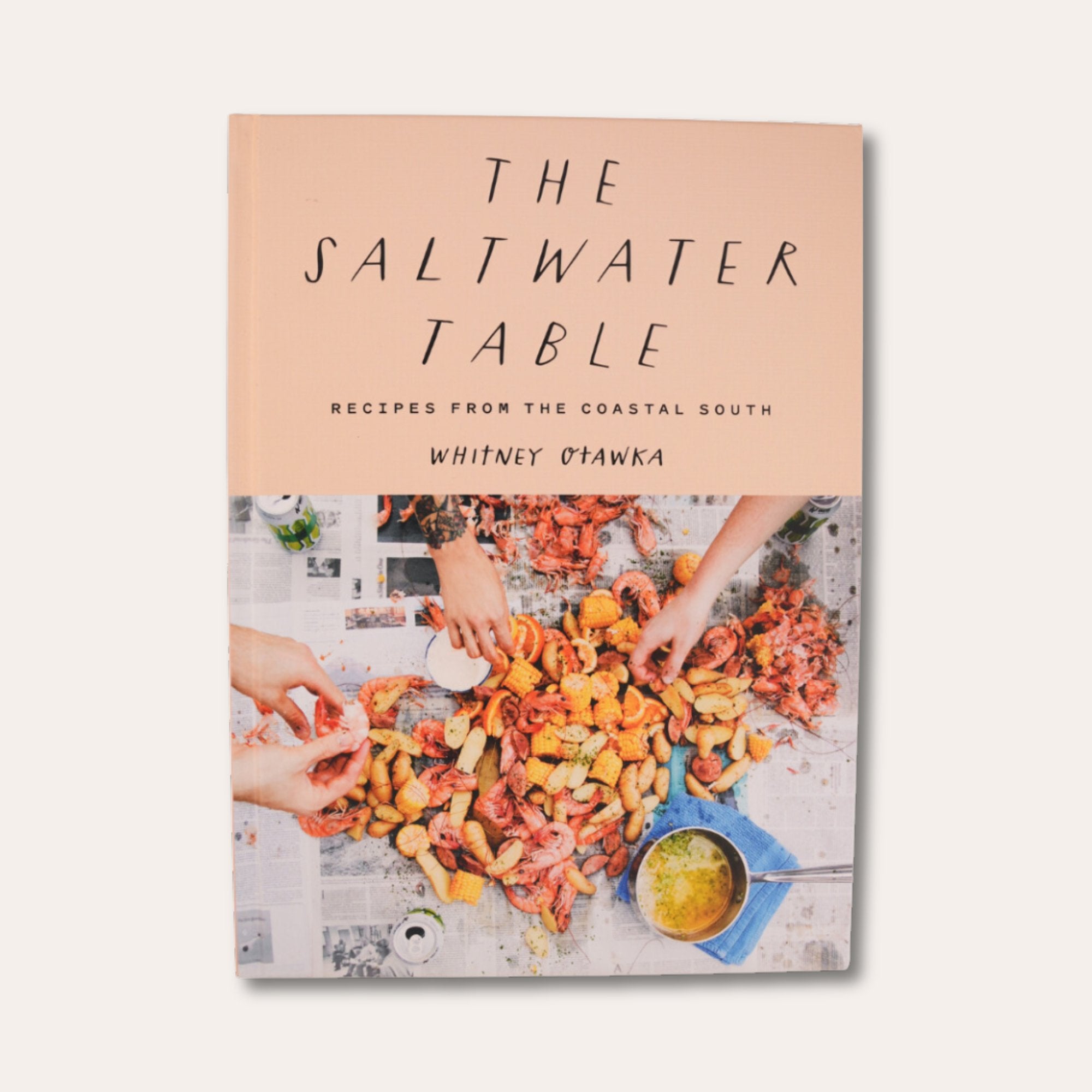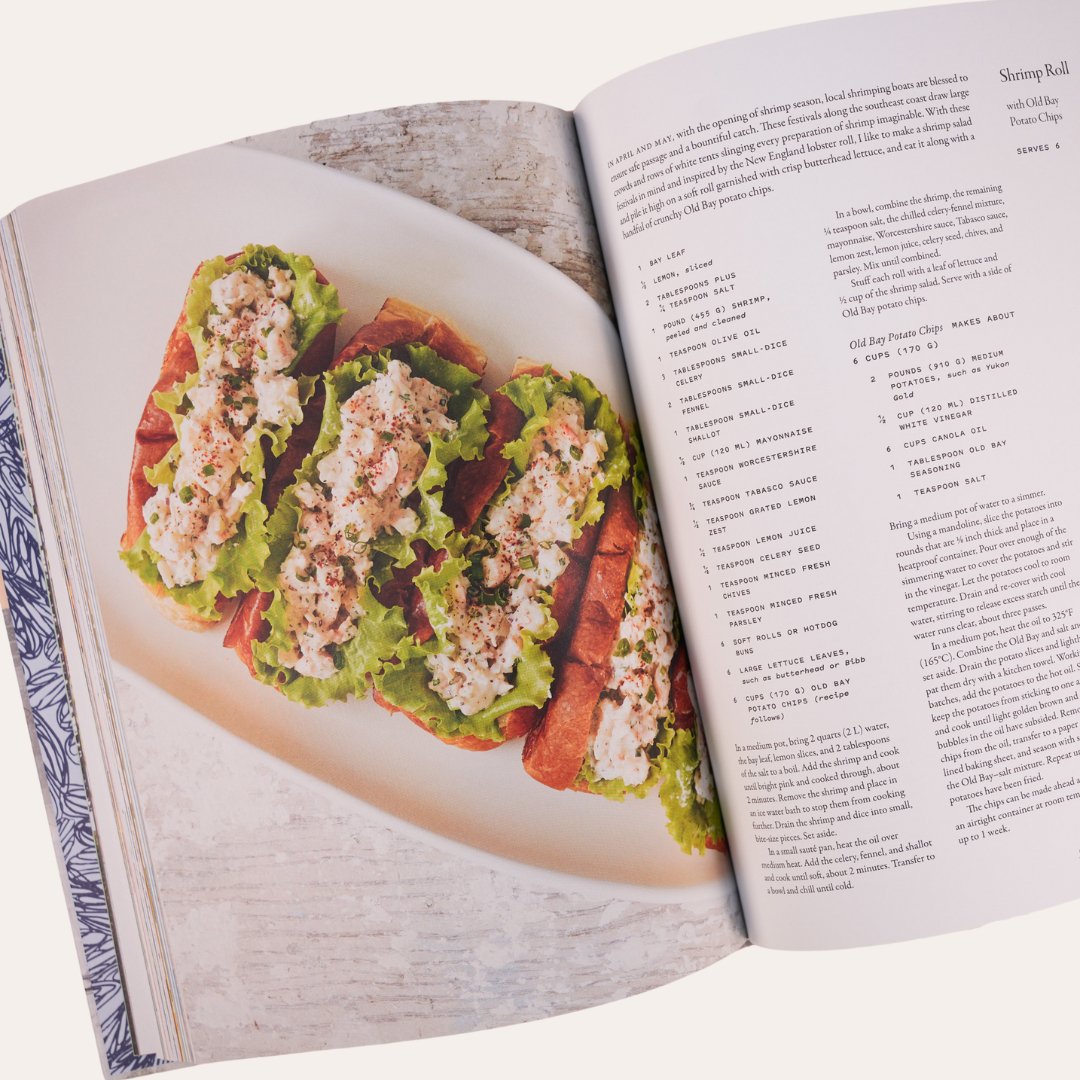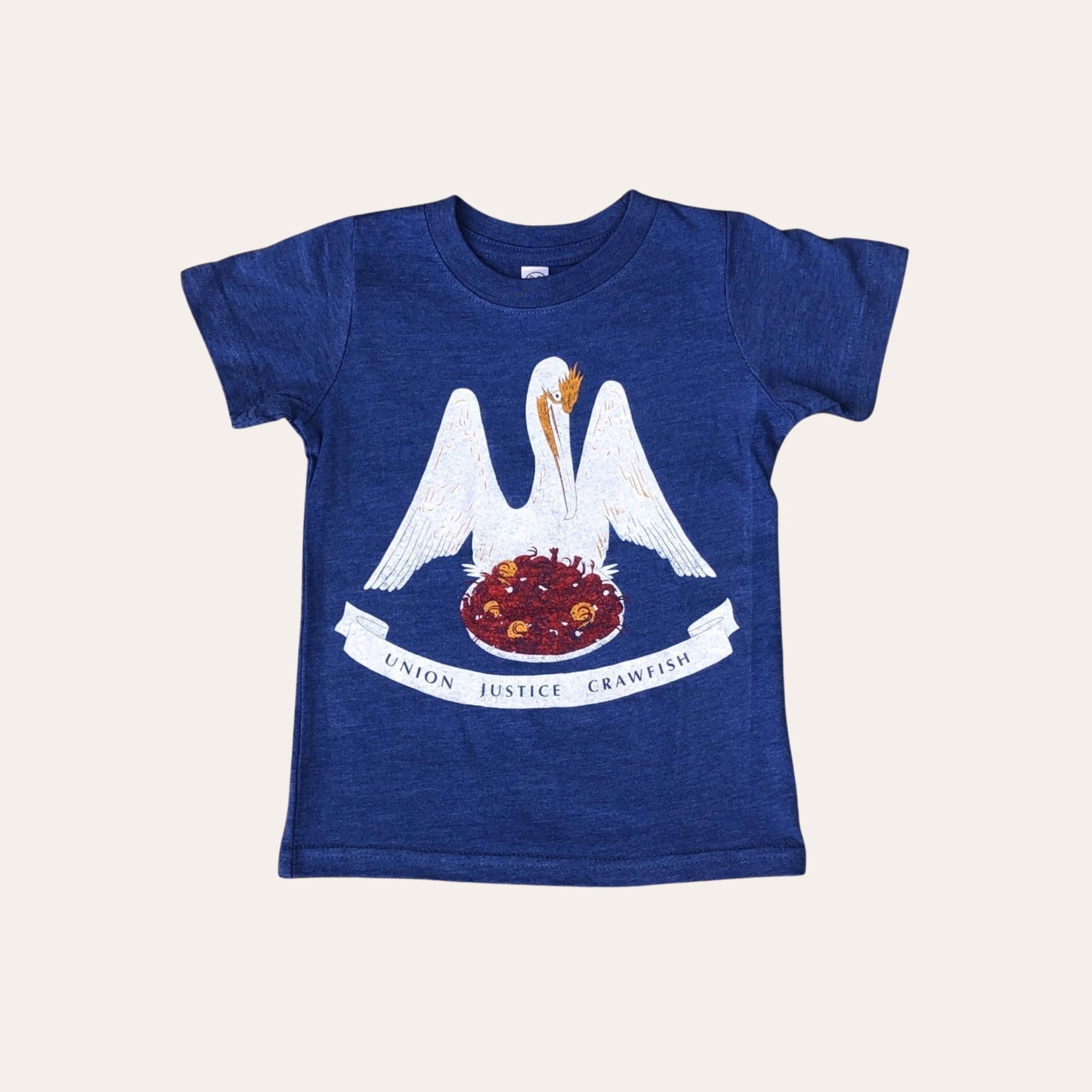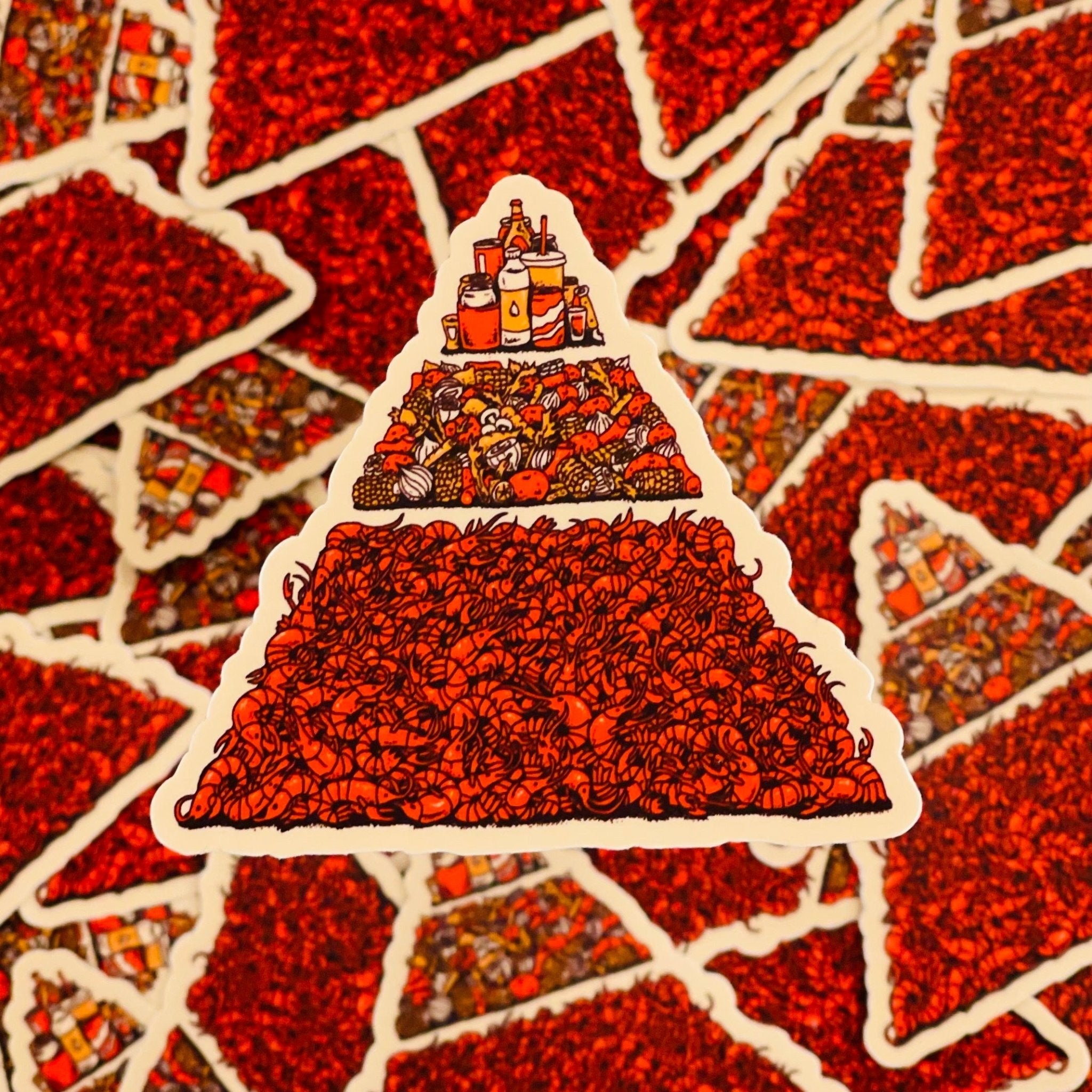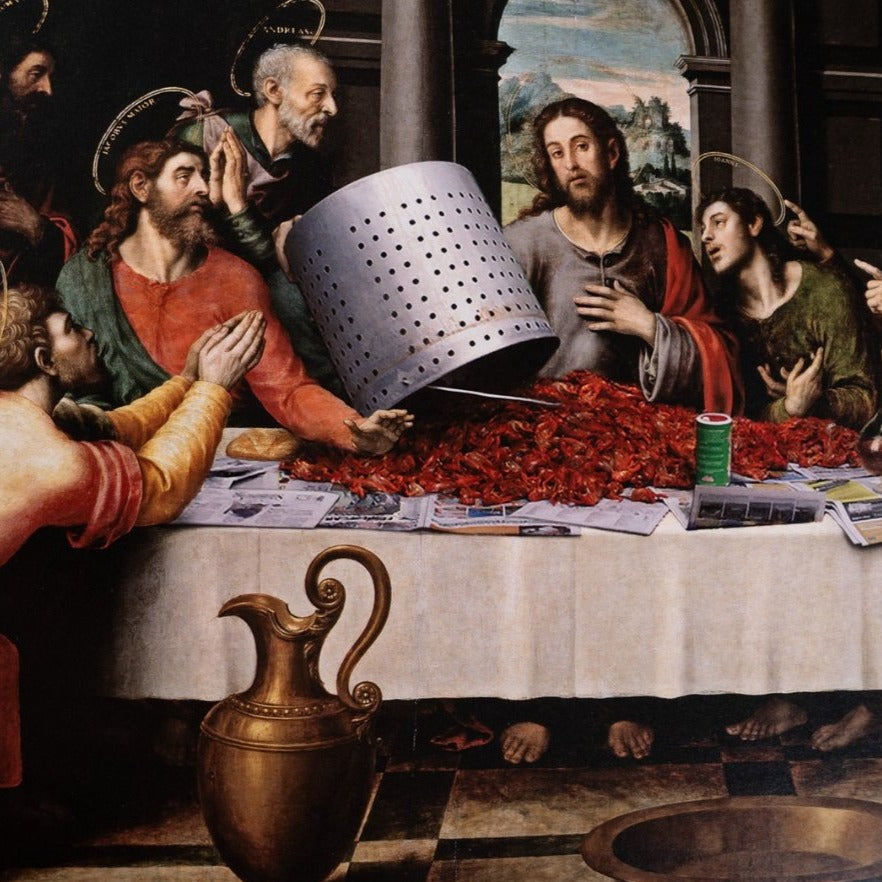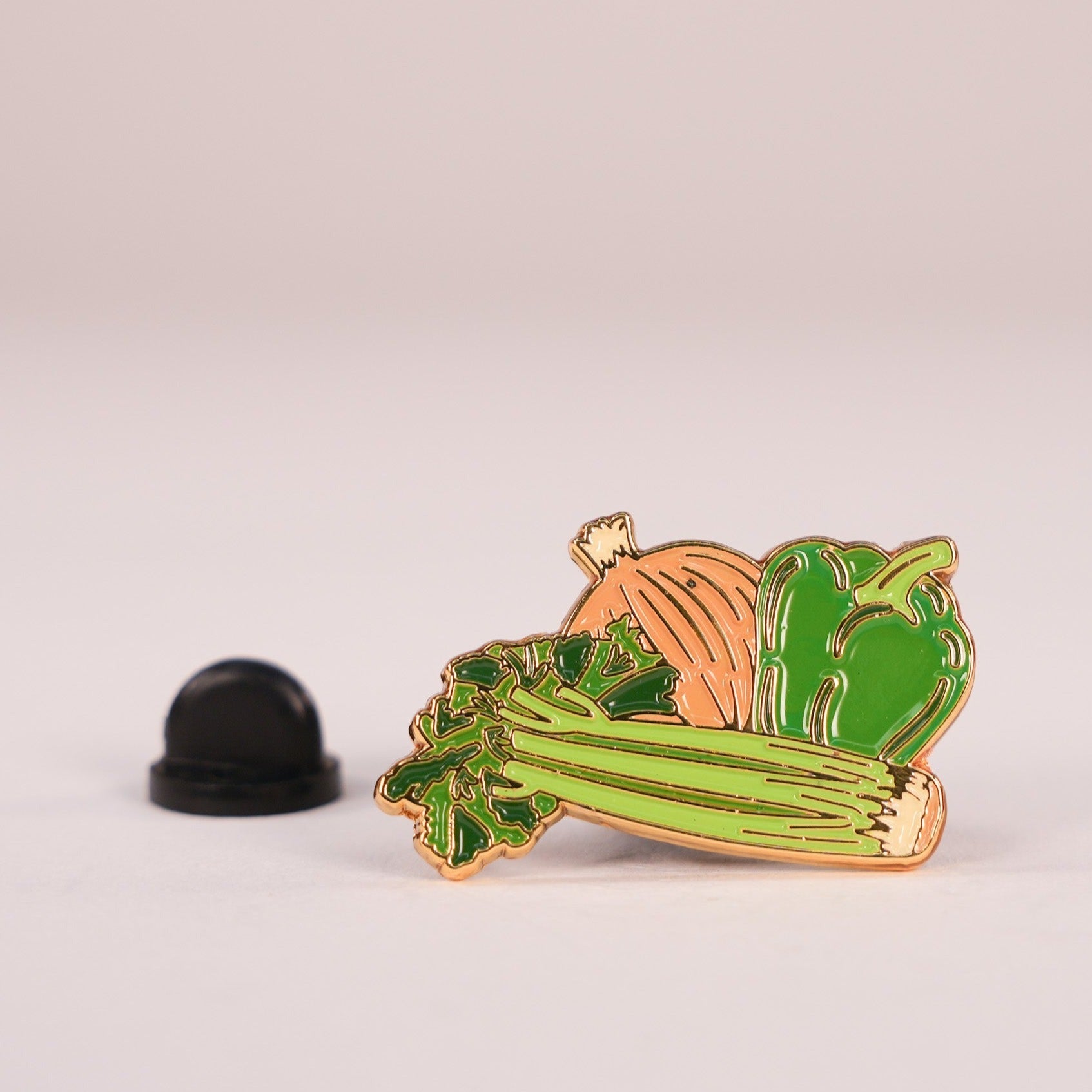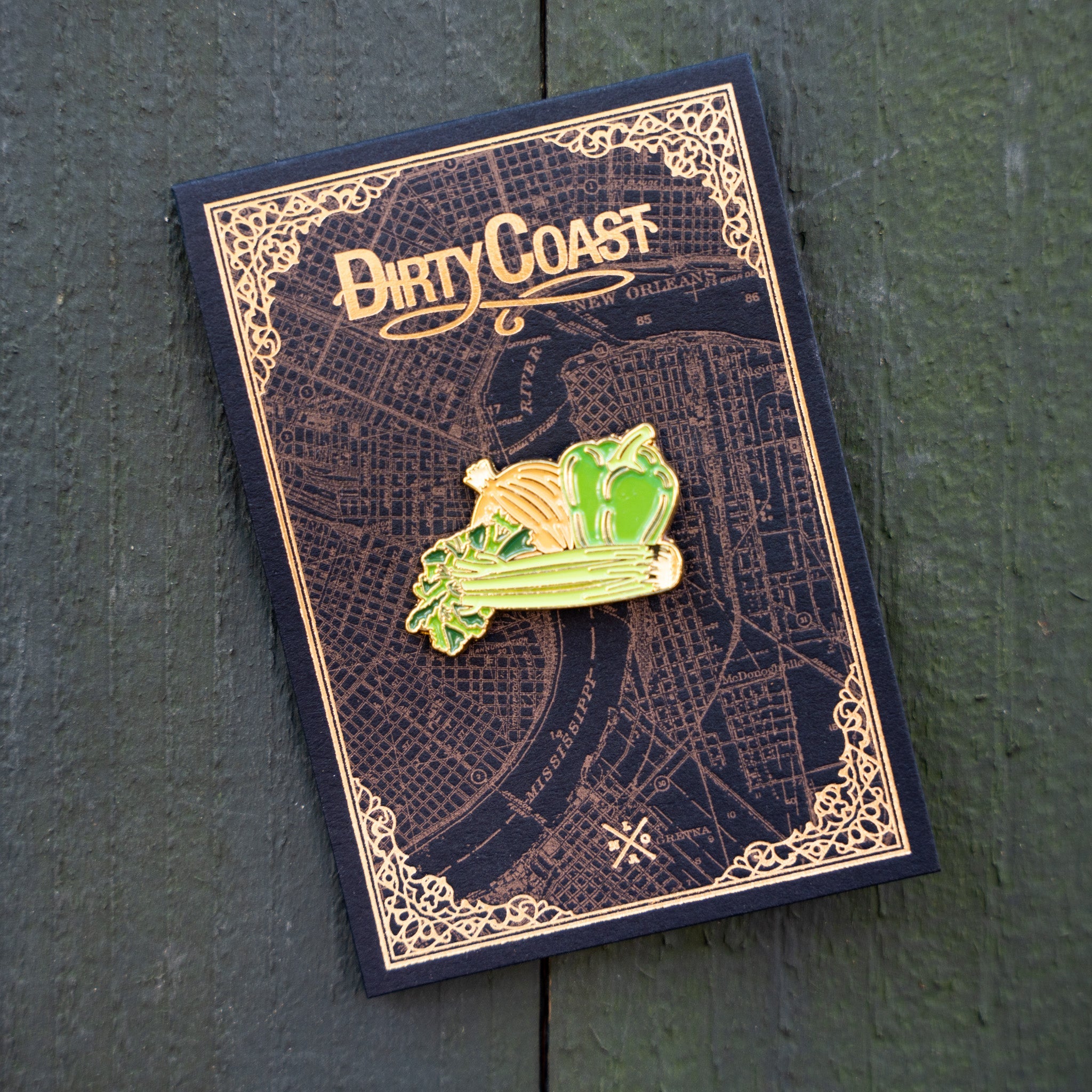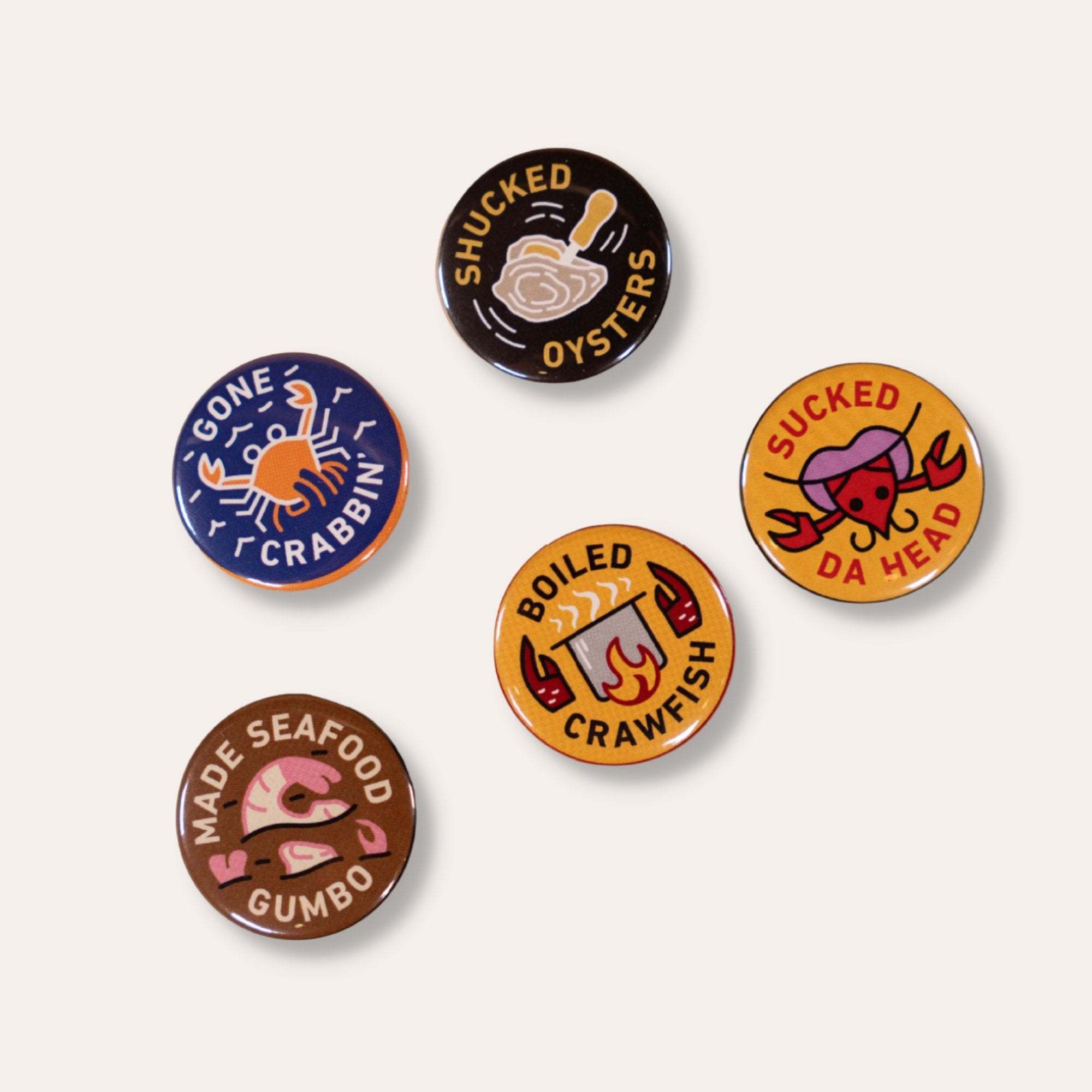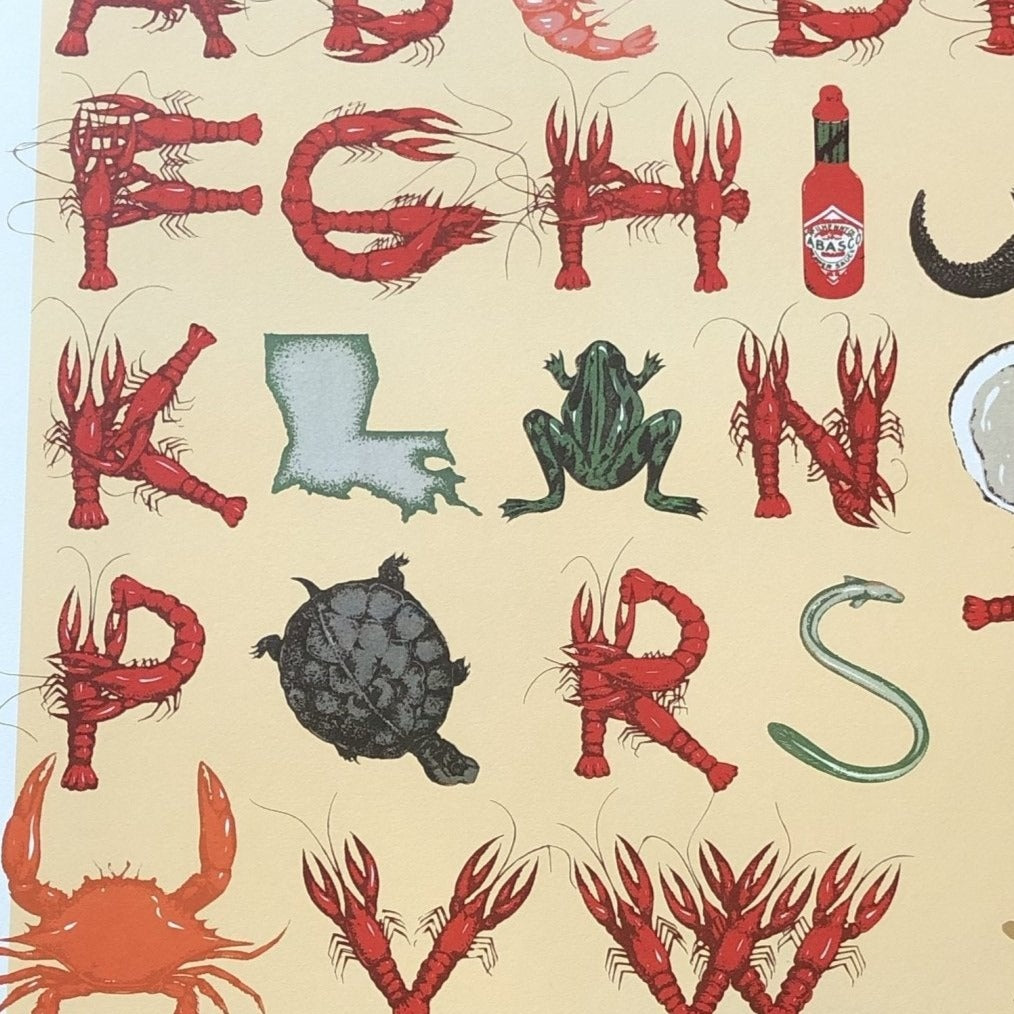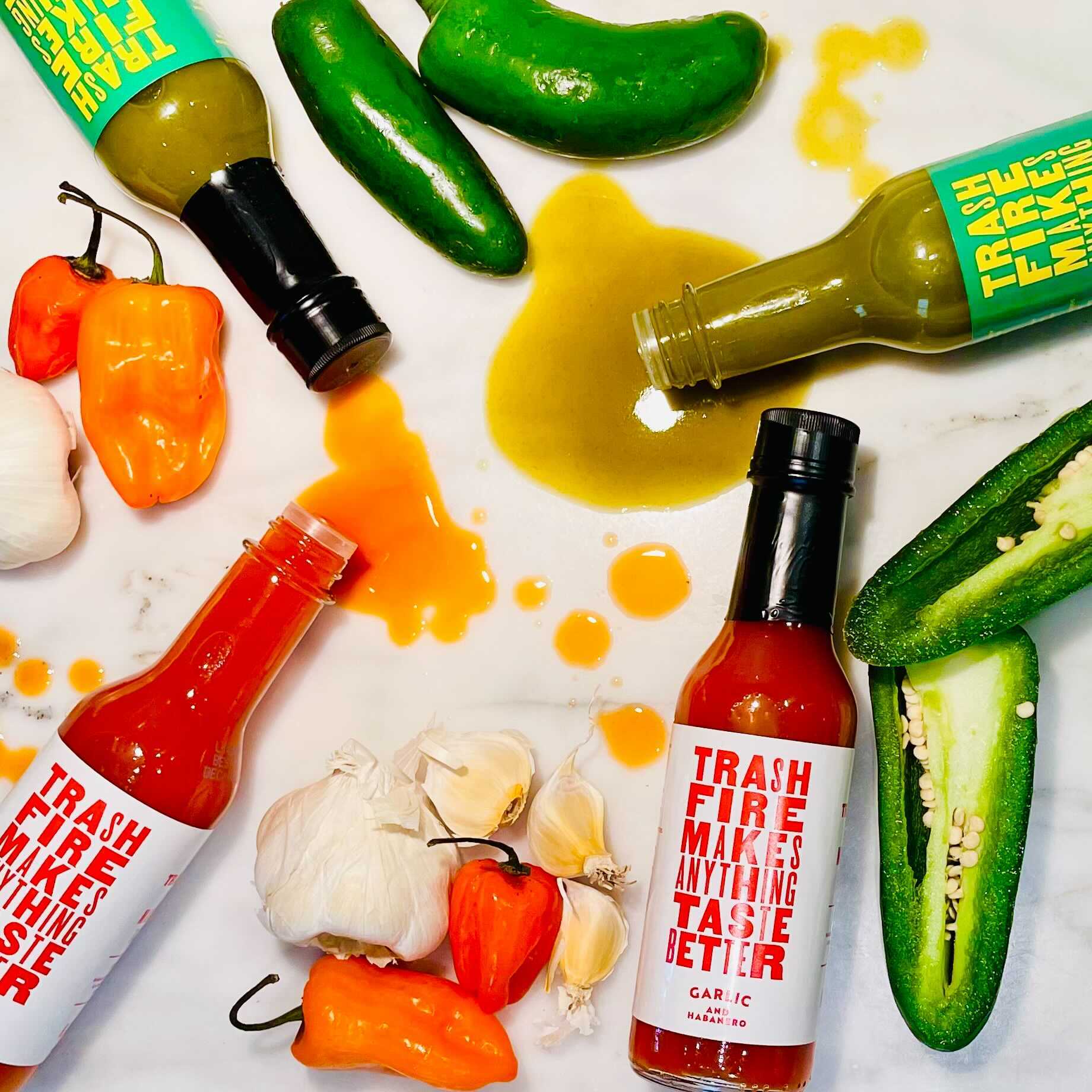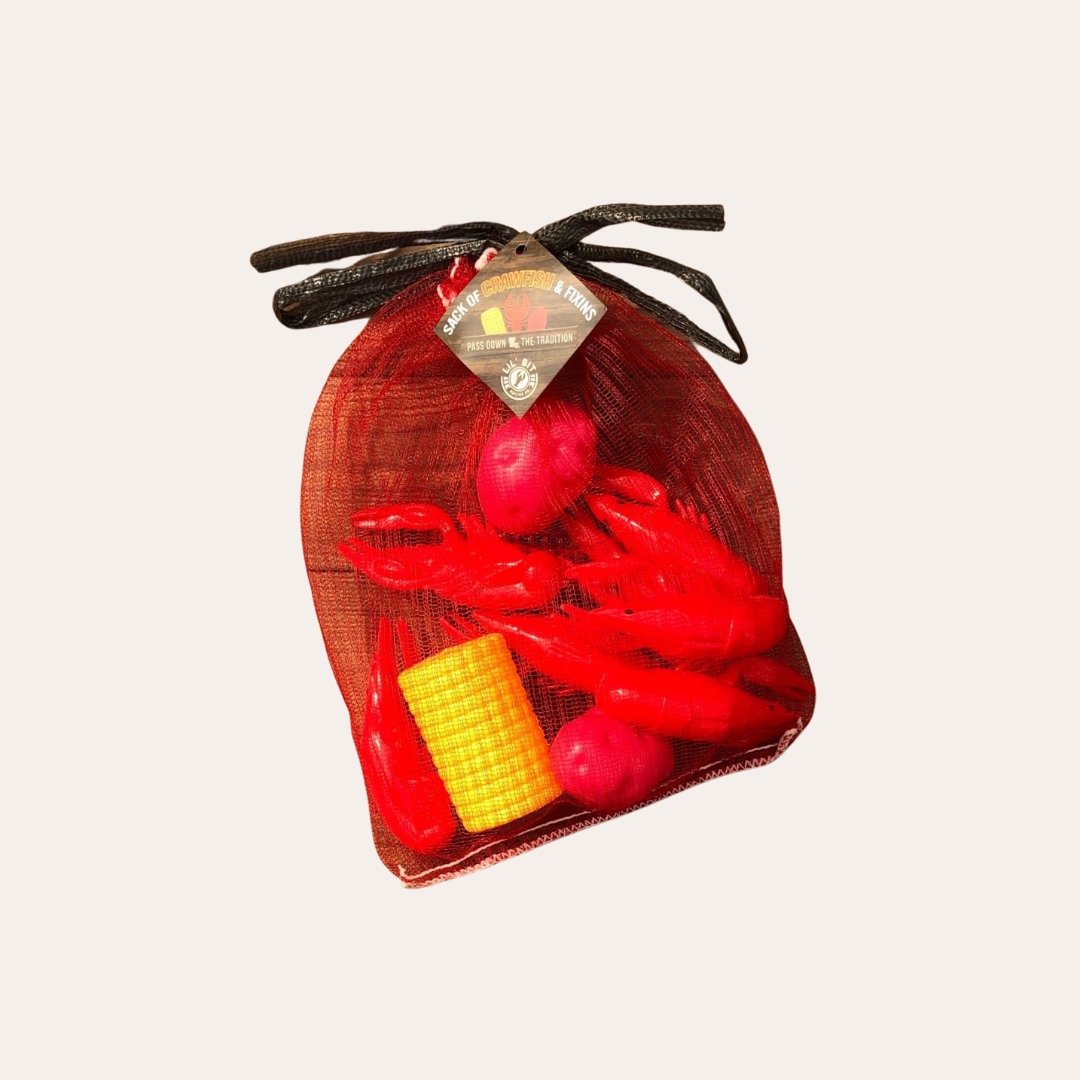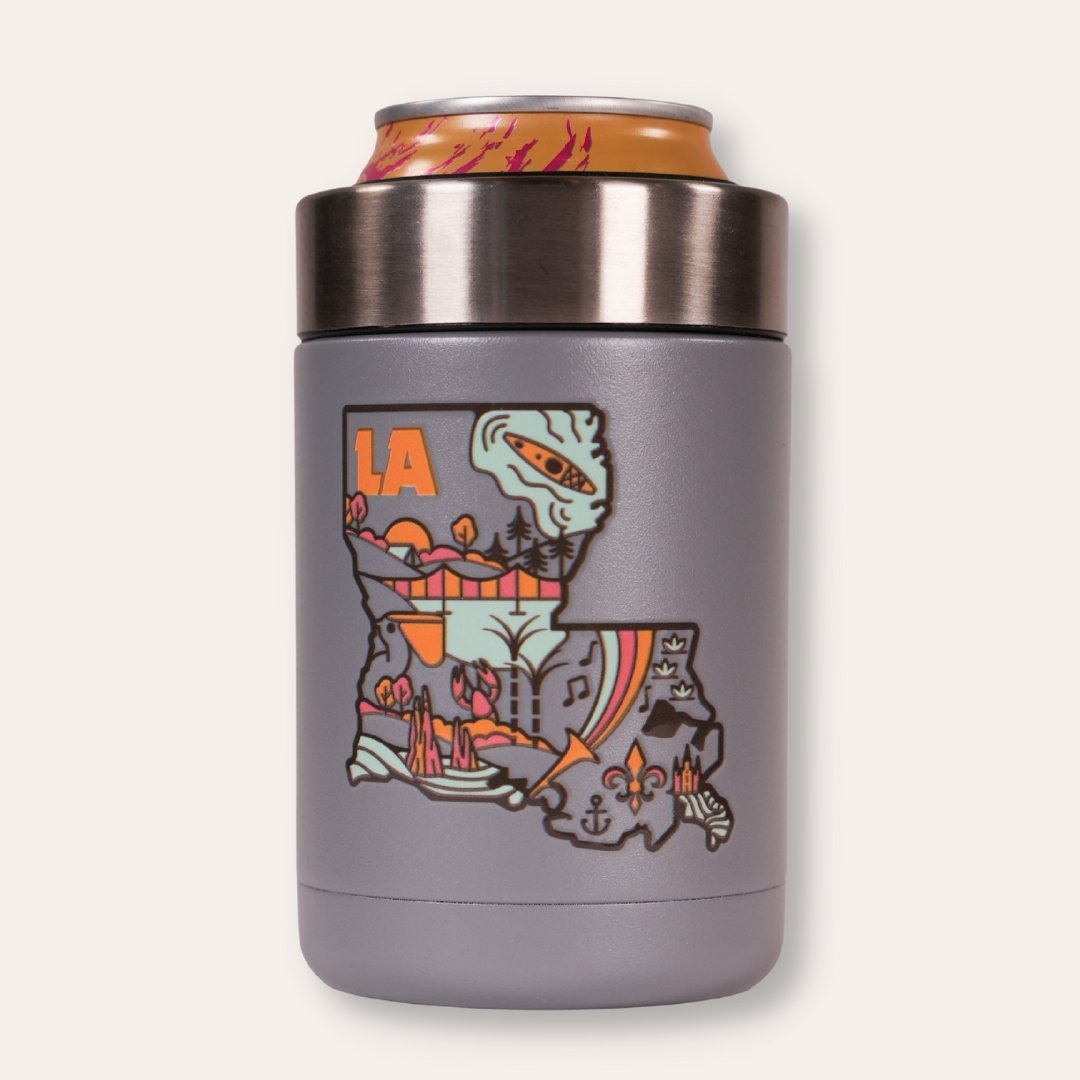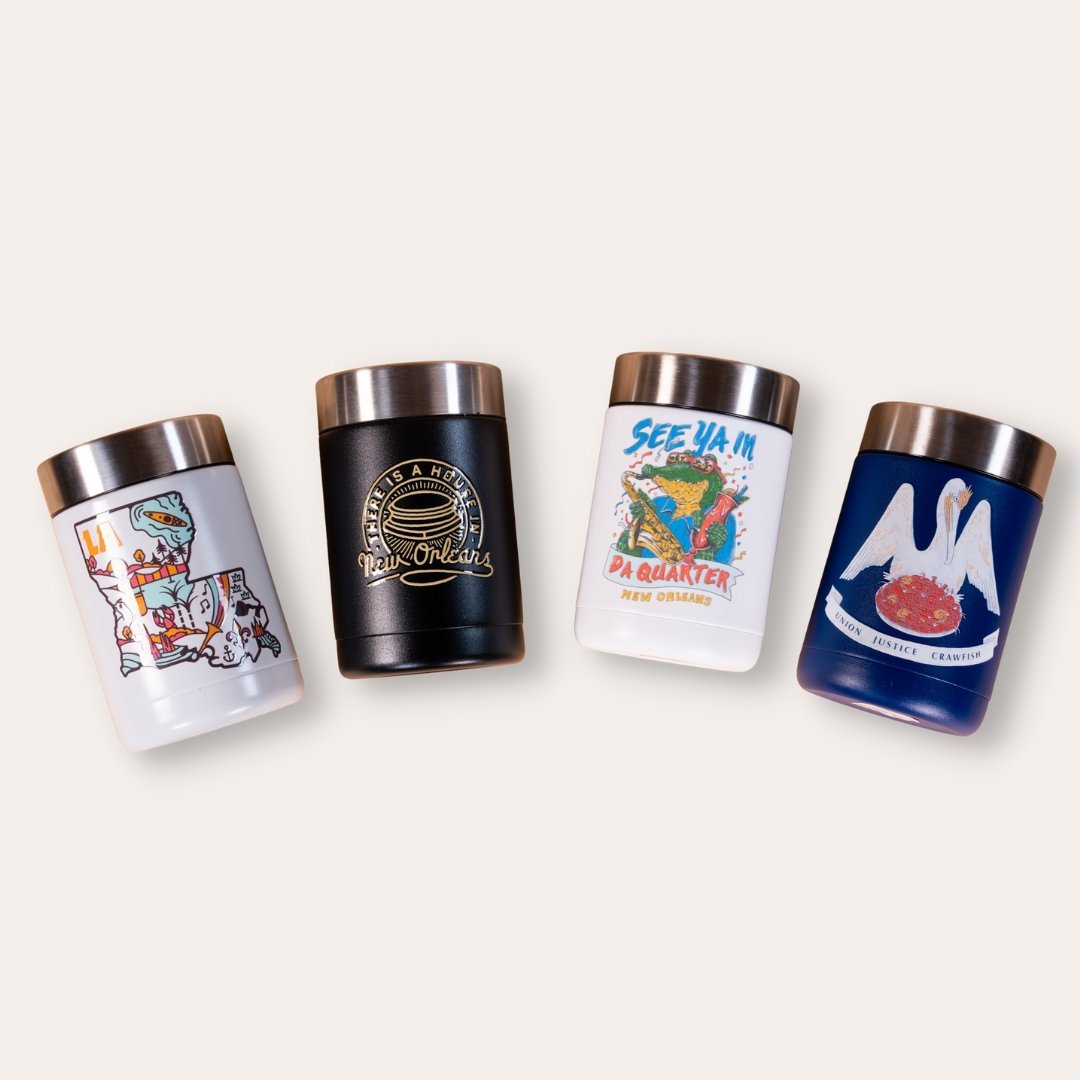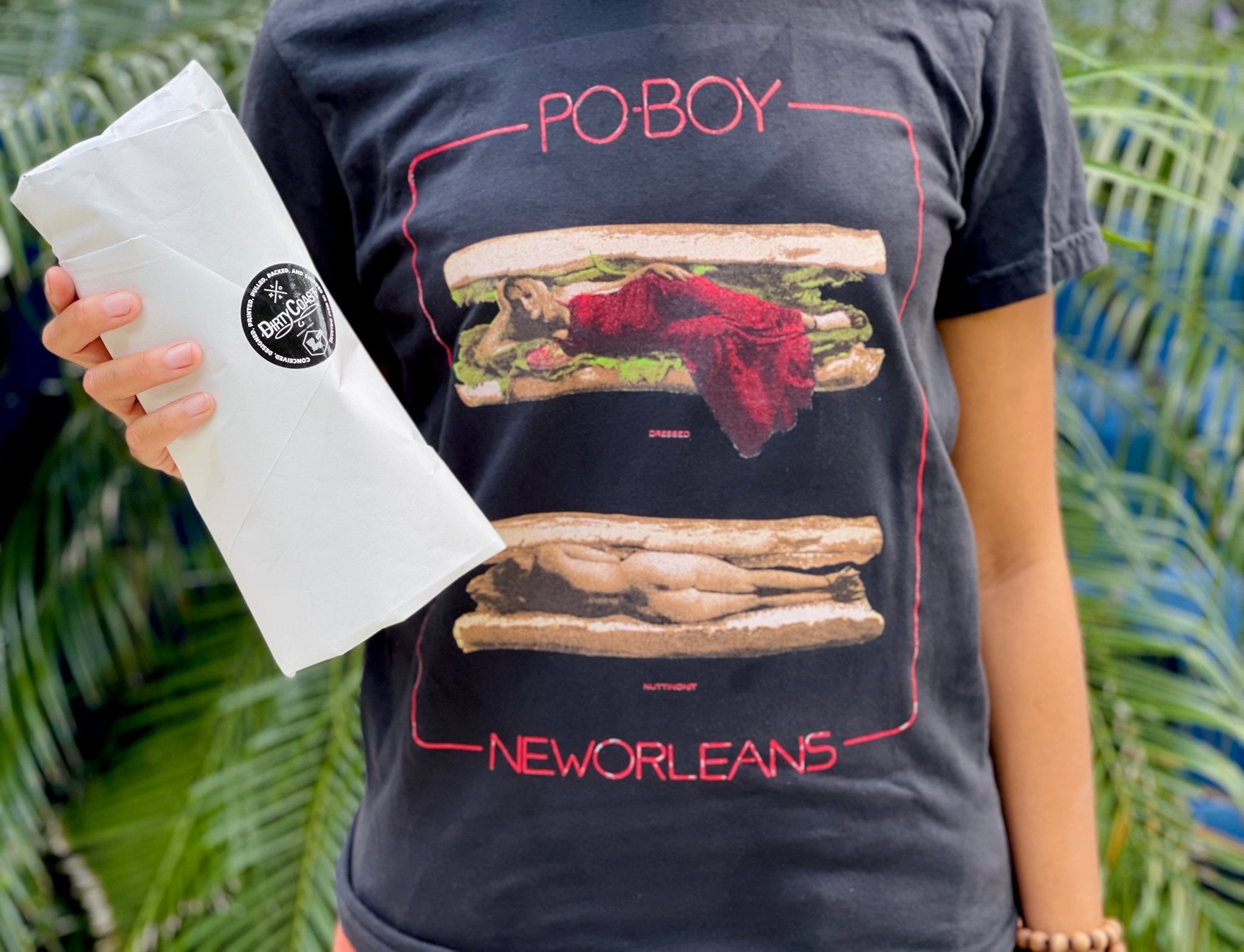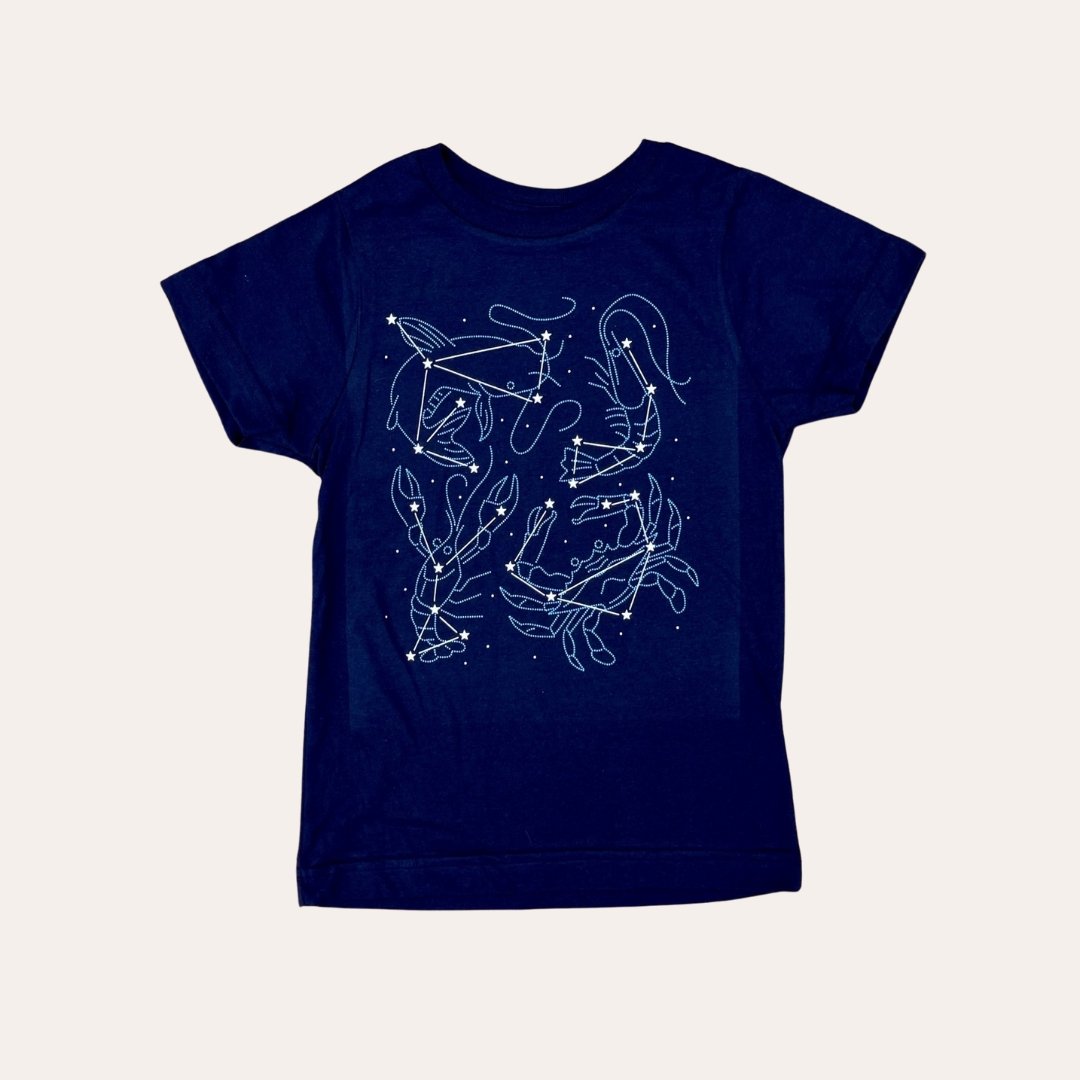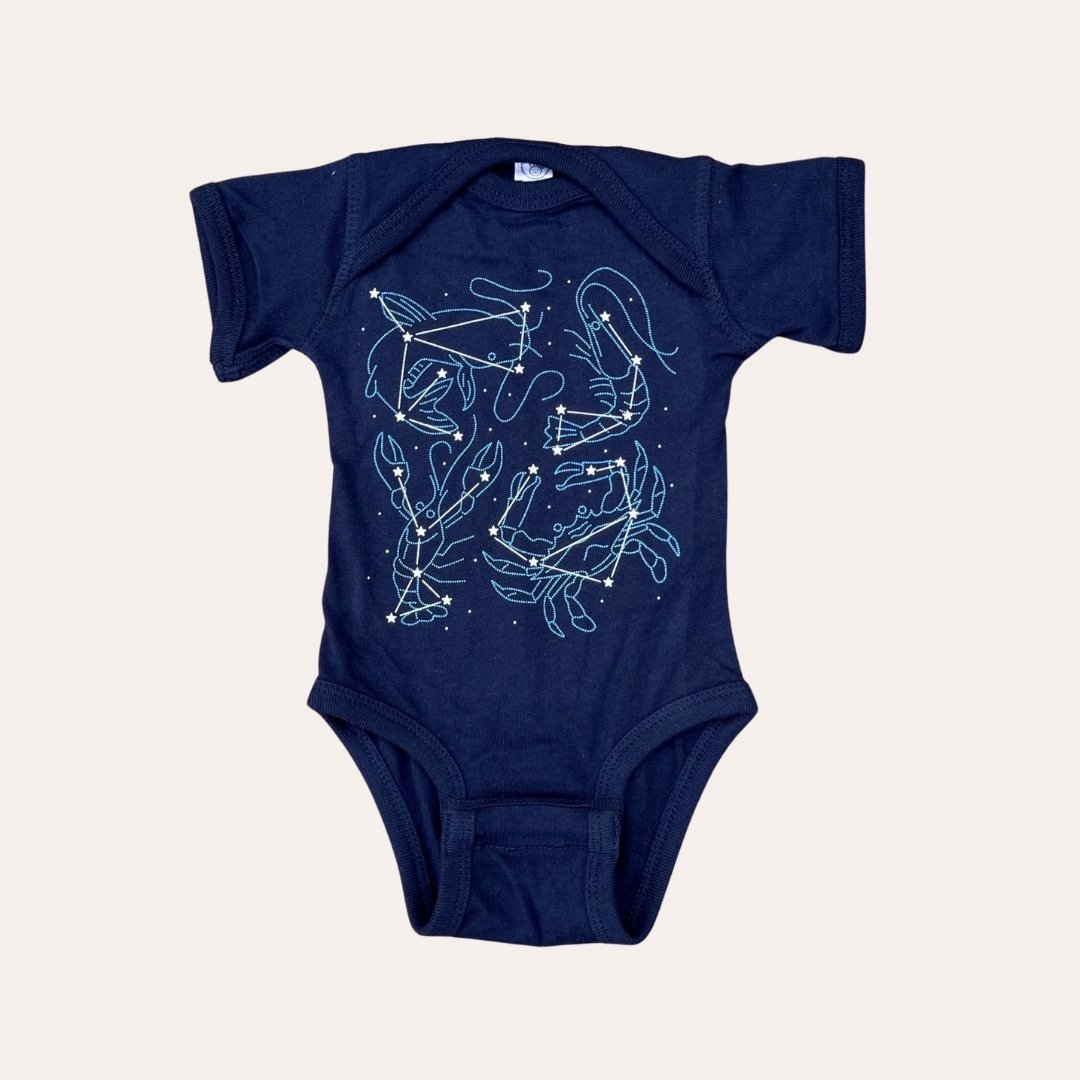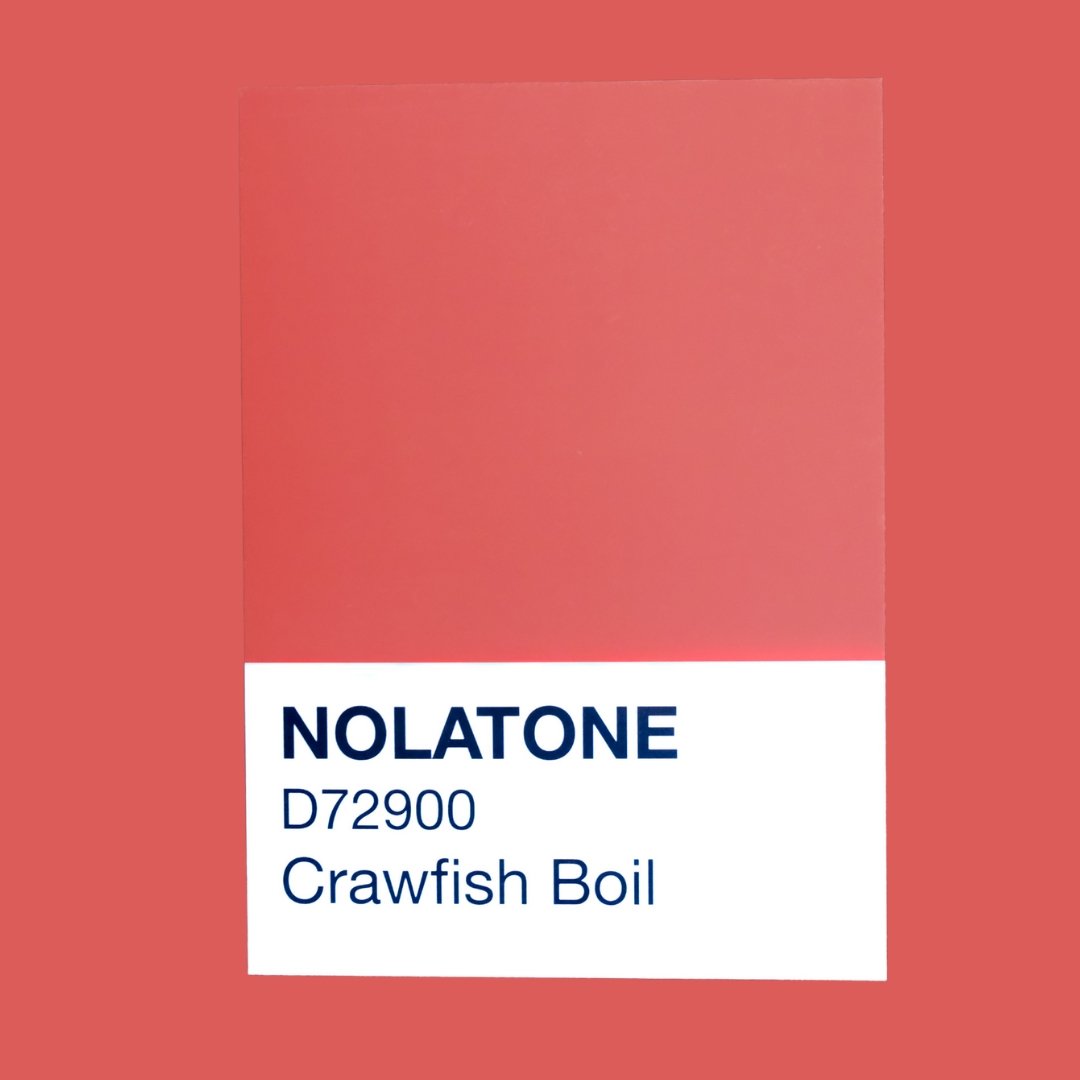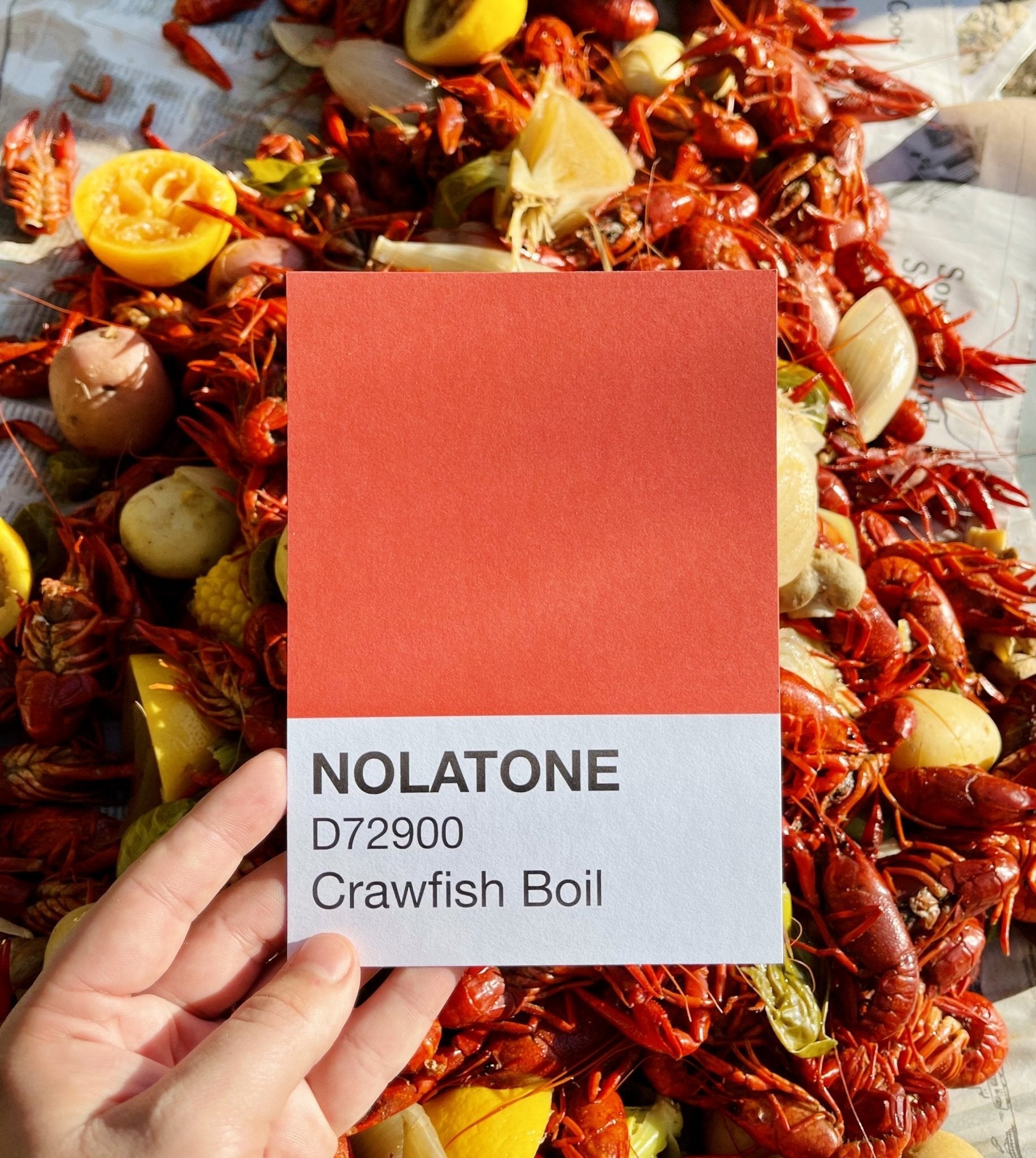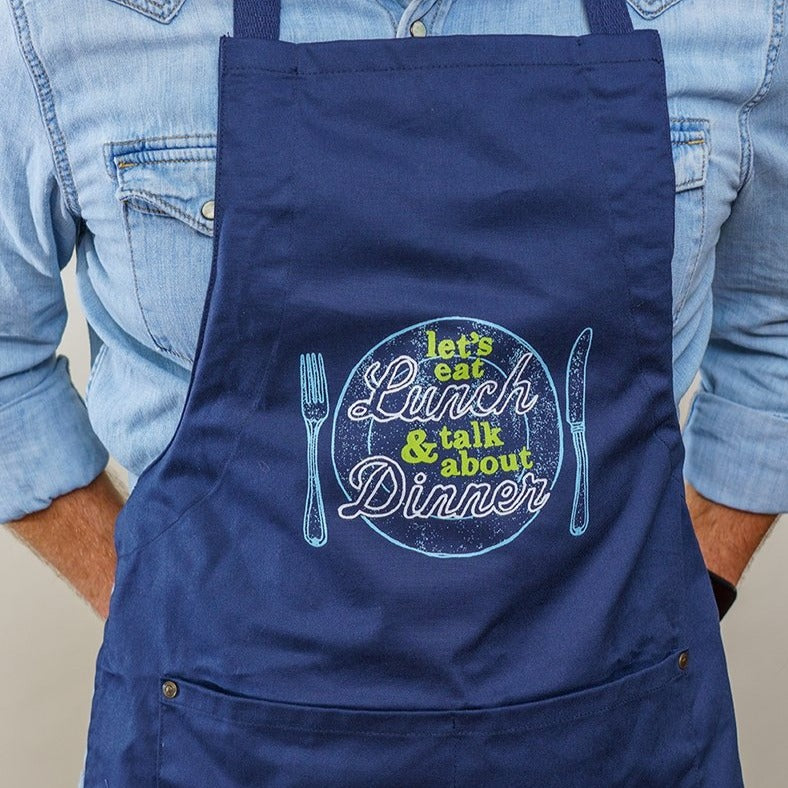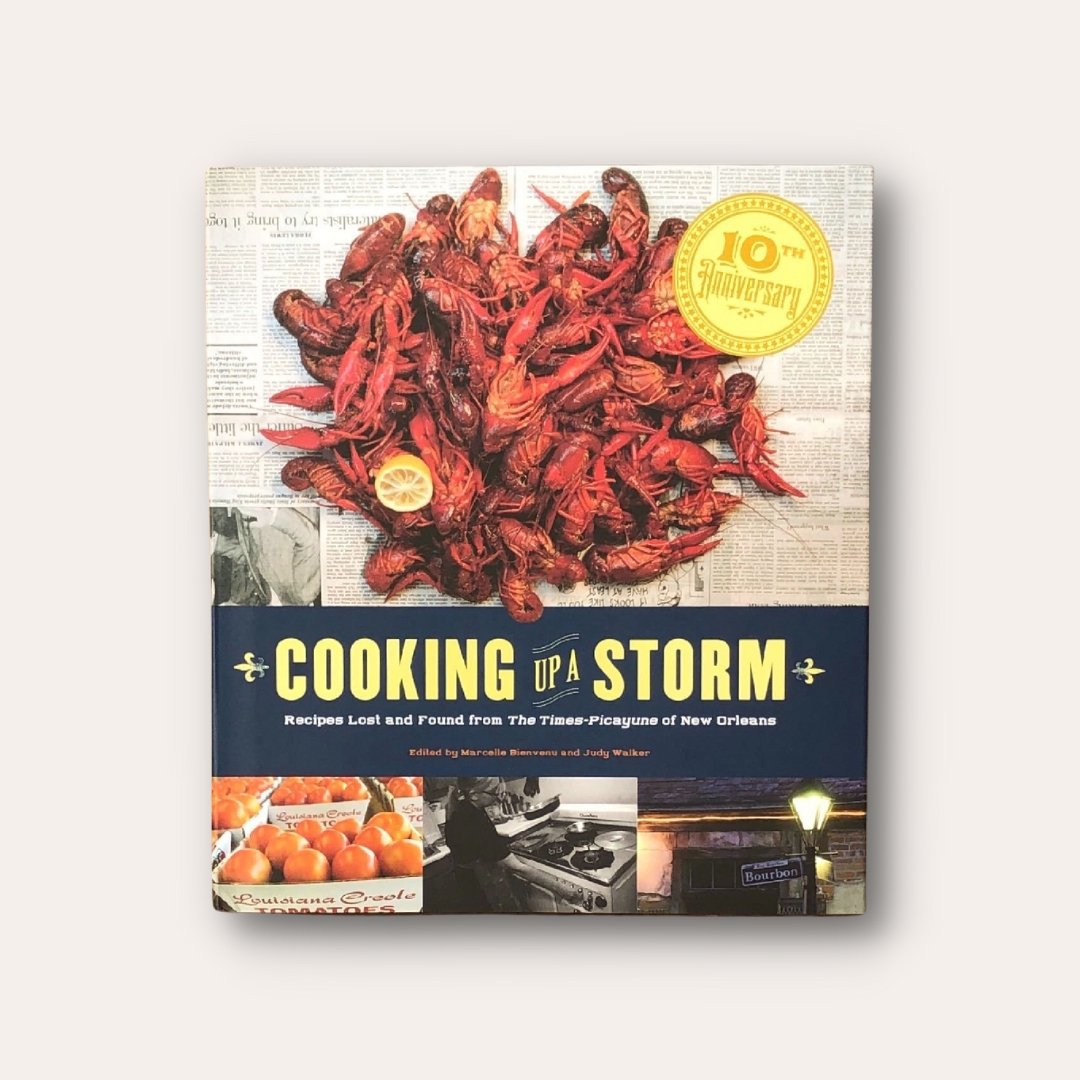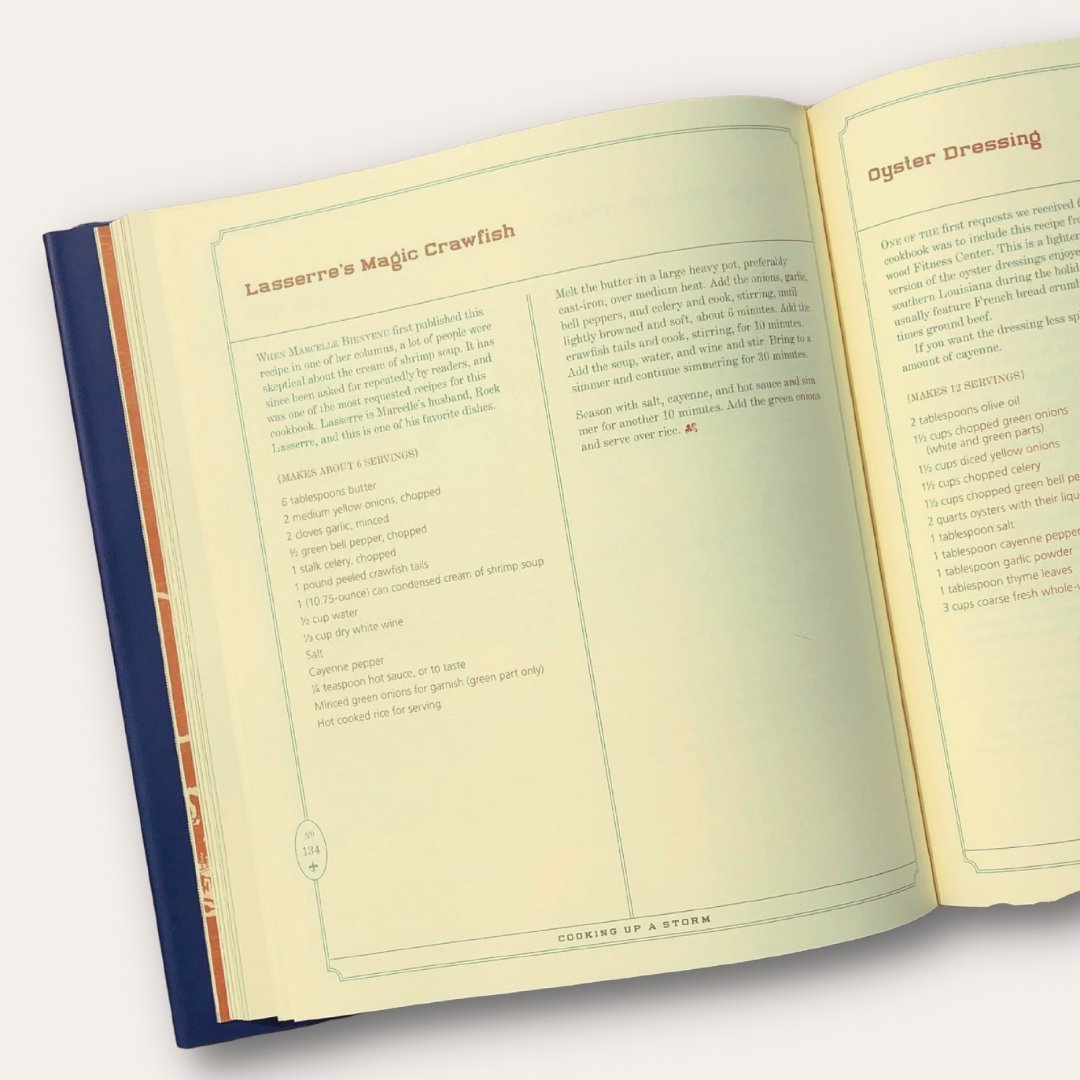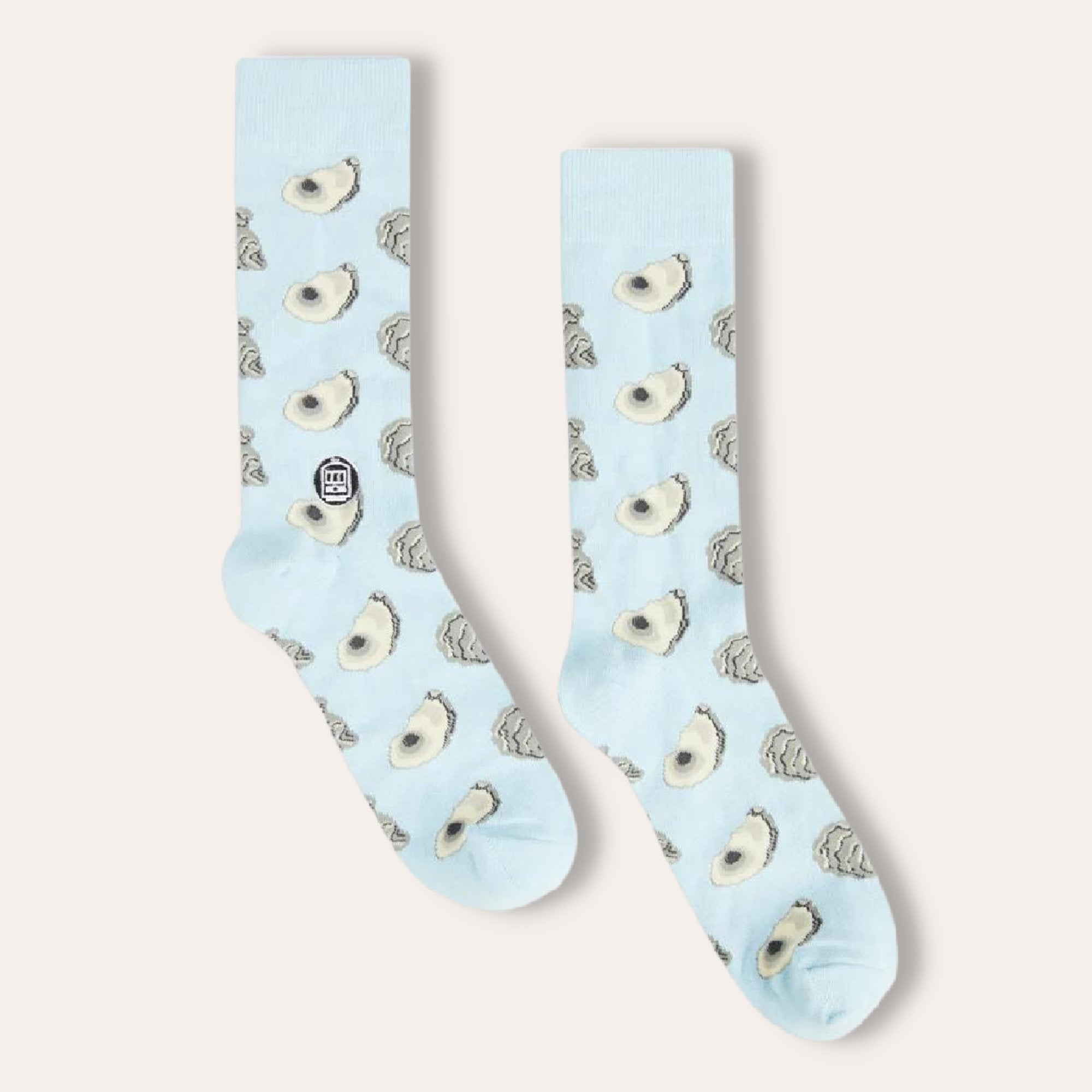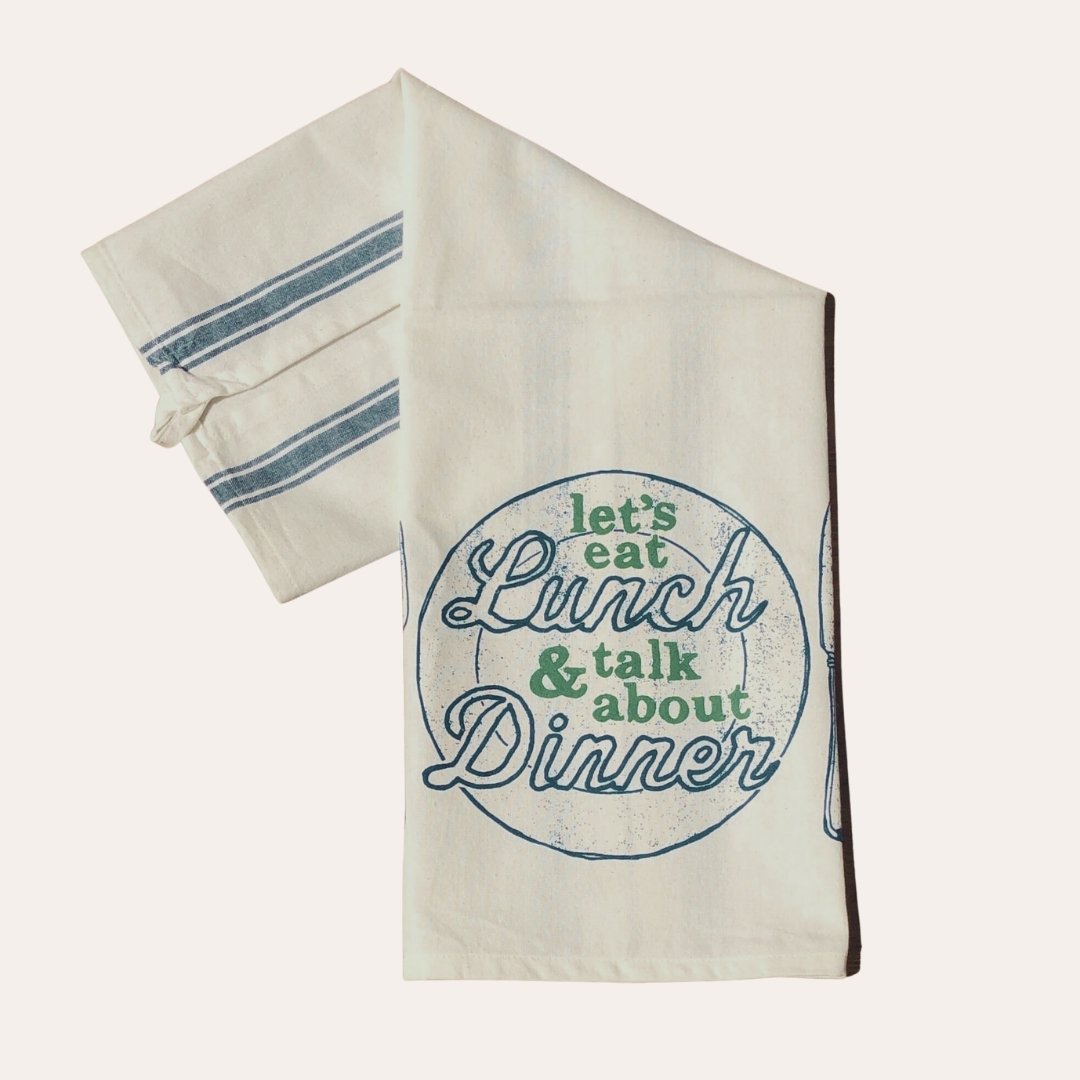FEATURED
Crawfish
We know to love our bottom feeders down here in Louisiana. Here is our tribute to the Crawfish. May the Mud Bugs forever multiply and have a plentiful harvest.

Video
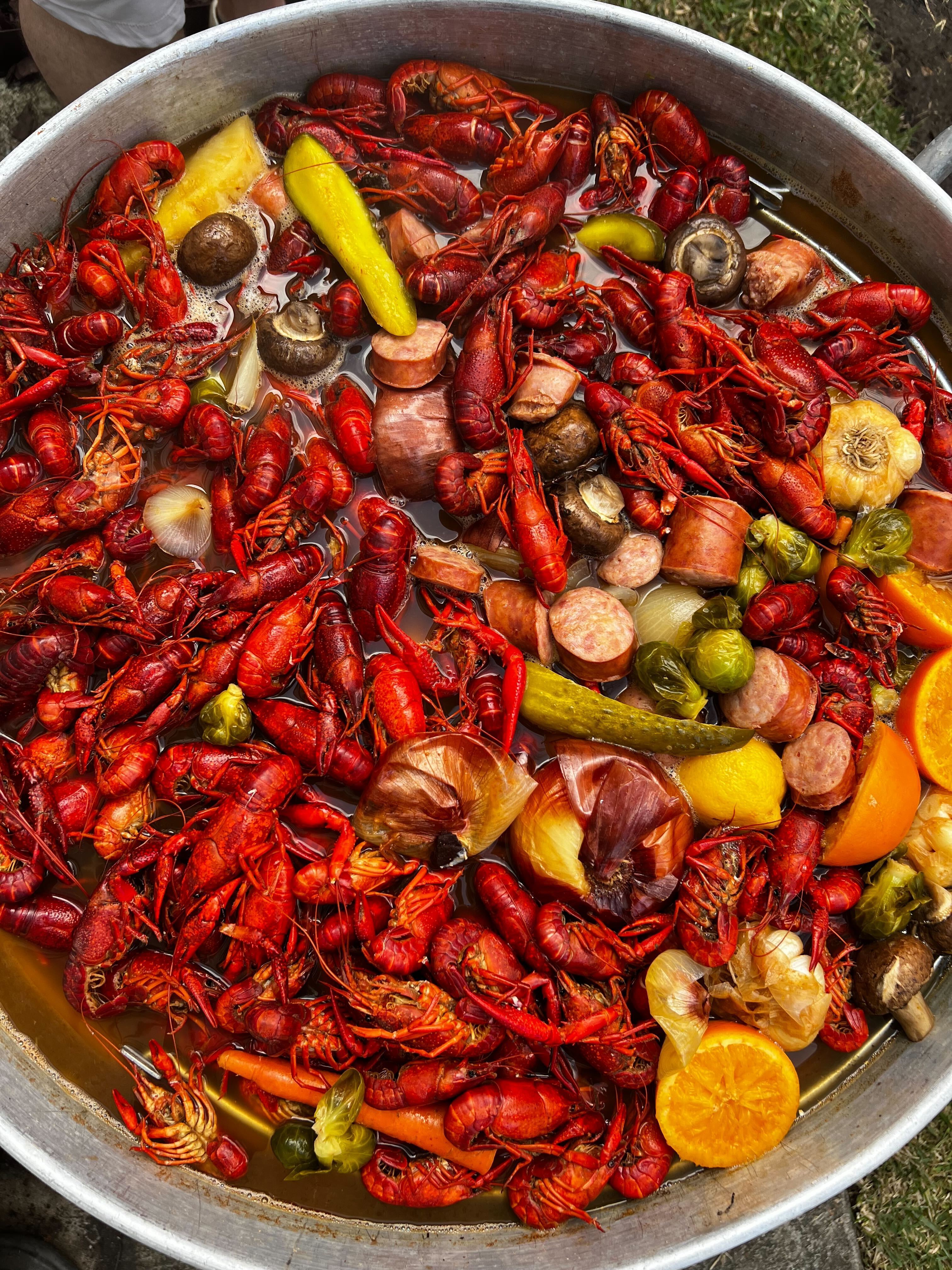
Who Is The Mud Bug?
Crawfish, also known as crayfish, mudbugs, or crawdads, are small crustaceans that are found in freshwater habitats such as rivers, lakes, and marshes. They are particularly popular in the southern United States, especially in Louisiana, where they play a significant role in the local culinary culture. They are kind of a big thing.
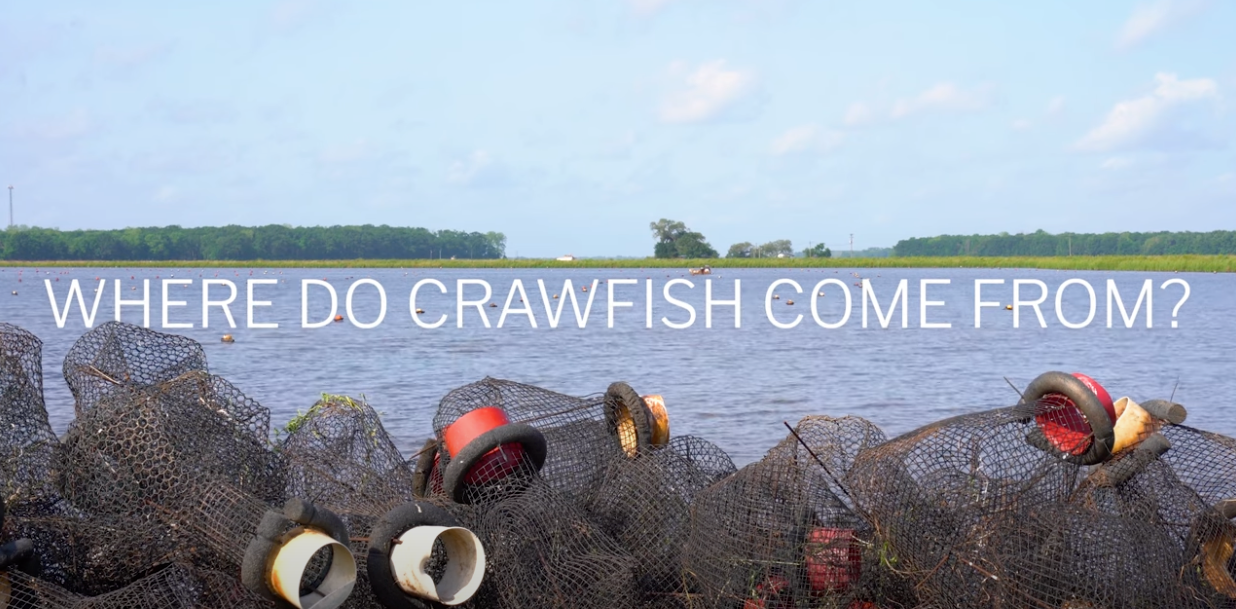
Video
GET SOME CRAWFISH
Our Picks For Crawfish
Where to buy bugs?
Highly recommend the Crawfish App to see local availability and prices. Most grocery stores sell live and boiled crawfish, and many local bars and breweries have boiled crawfish on the weekends throughout the season. Some good place to go include, Clesi's, Bayou Beer Garden, Cajun's Seafood, Castnet Seafood, Schaefer Seafood, Deanie's Seafood, or heck that guy on the side of the road. He's totally legit.
Spice It Up
No one and we mean NO ONE likes bland bugs. Zataran's Pro Boil is always a safe place to start. Other good options are Swampfire Seafood Boil, Louisiana Crawfish Shrimp & Crab Boil, or grab some Castnet Seafood's Seasoning.
Equipment
-Bayou Classic burners are robust and reliable. Highly recomment the double jet burner.
-King Kooker pots are the gold standard for all your cooking pot needs.
-Boil Boss Cooling Ring. Best money you'll spend on something you'll kick yourself for not inventing first. These cut your cooldown time in half as they can get the water down to the best absorption temp in minutes. Making your soak stupidly efficient.
--
Want to Boil Your Own?
Follow these 10 Steps
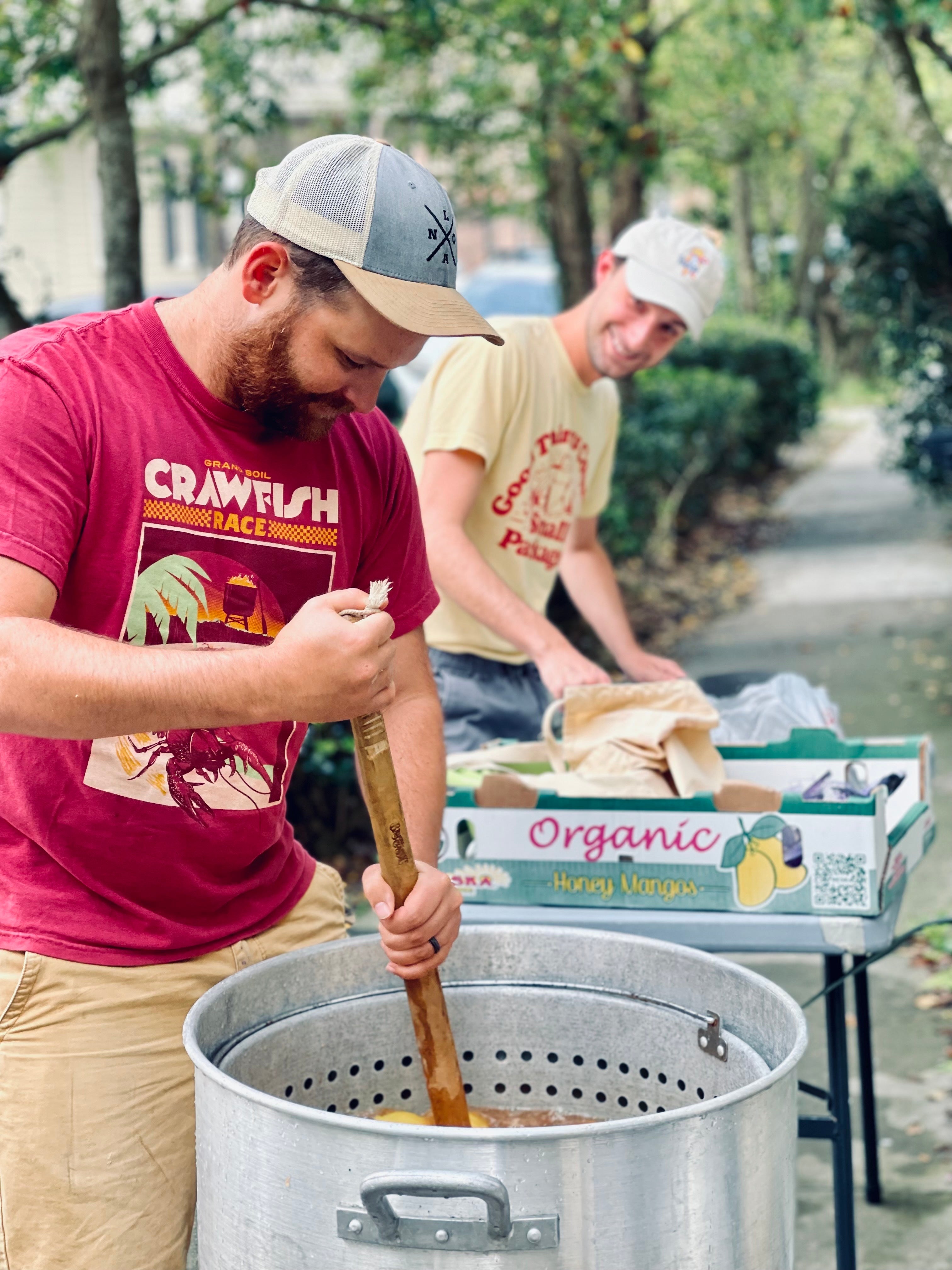
So you've decided to take the plunge and learn how to boil some crawfish. Good for you. It's a wonderful and worthwhile enevor. Gernerally speaking, boiling crawfish is simple. You get water boiling, add stuff, take stuff out. Simple. However, simple does not mean it's not hard work. But it's all worth it. Let's go over the basics of a good boil.

The magical thing about a crawfish boil is that generally, whatever you toss in the pot will taste better than it did before. That's just science. First thing's first, make your lists.
Essential Equipment:
-Boiling Pot w/ basket
-Burner w/ regulator
-Propane
-Gloves
-Water Source
-Paddle to stir
-Lighter
Ingredients (For Flavor)
-Boil Mix
-Onions
-Lemons and/or Lemon Juice
-Liquid Boil
Standard Ingredients (For Eatin')
-Crawfish
-Corn
-Potatoes
-Sausage
-Garlic
-Mushrooms
Next Level Ingredients (No Wrong Answers)
-Green Beans
-Asparagus
-Artichoke
-Pineapple
-Oranges (For flavor)
-Brussels Sprouts
-Any other meats or Veggies
"Are You Serious?" Ingredients (Yes. We Are Serious)
-Sweet Potato
-Ramen Noodles
-Ravioli
-Boiled Eggs
-Bologna
-Broccoli
-Tofu
-Peanuts
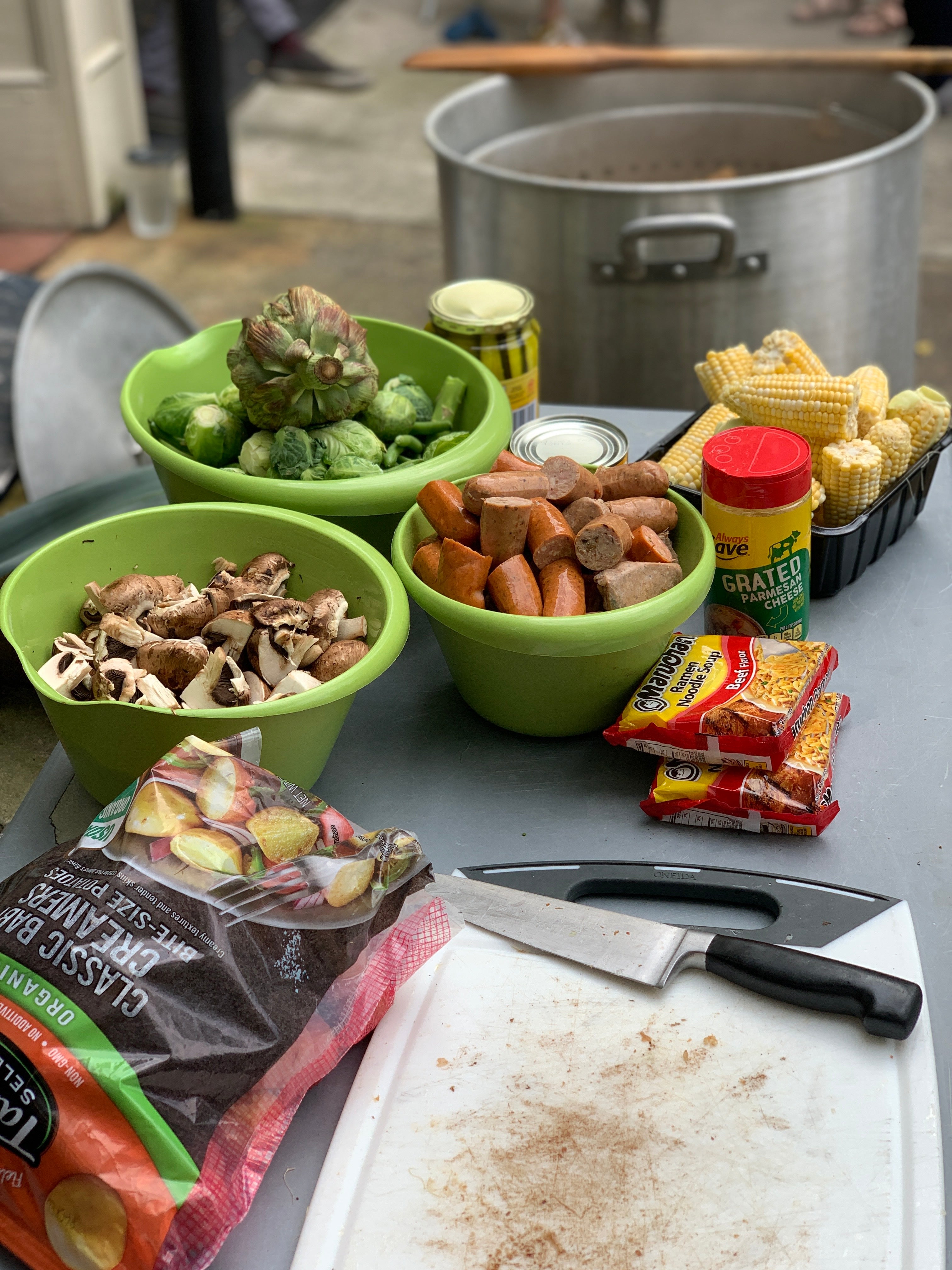
For brevity sake, let’s just focus on the standards:
Onions - peel and halve or quarter.
Lemons - Using your hand press and roll the lemons and then halve.
Corn - If fresh, best to break in half. Most frozen corn cobs are already halved.
Red Potatoes - Red potatoes work best but the sizes can vary. Try and find a sack where they are about the size of a kiwi. If there’s a lot of size variance, halve the potatoes so they are roughly the same size, or separate the big and small ones, and put the big ones in first so they cook longer, adding the smaller taters later.
Garlic - different methods here. You can throw them in as is or peel the outer layers of dry husk. Some cut off a portion of the non root end to expose the cloves. Some also separate the cloves out. Regardless, if you cook it right it should squeeze out like soft butter.
Mushrooms - Clean, and half or quarter if they are large shrooms. If they are on the smaller size they are good as is. They will shrink up a bit, so keep that in mind.
Sausage - cut into 2”-4” pieces. You can also just through the links in uncut, and cut them into pieces after you dump.
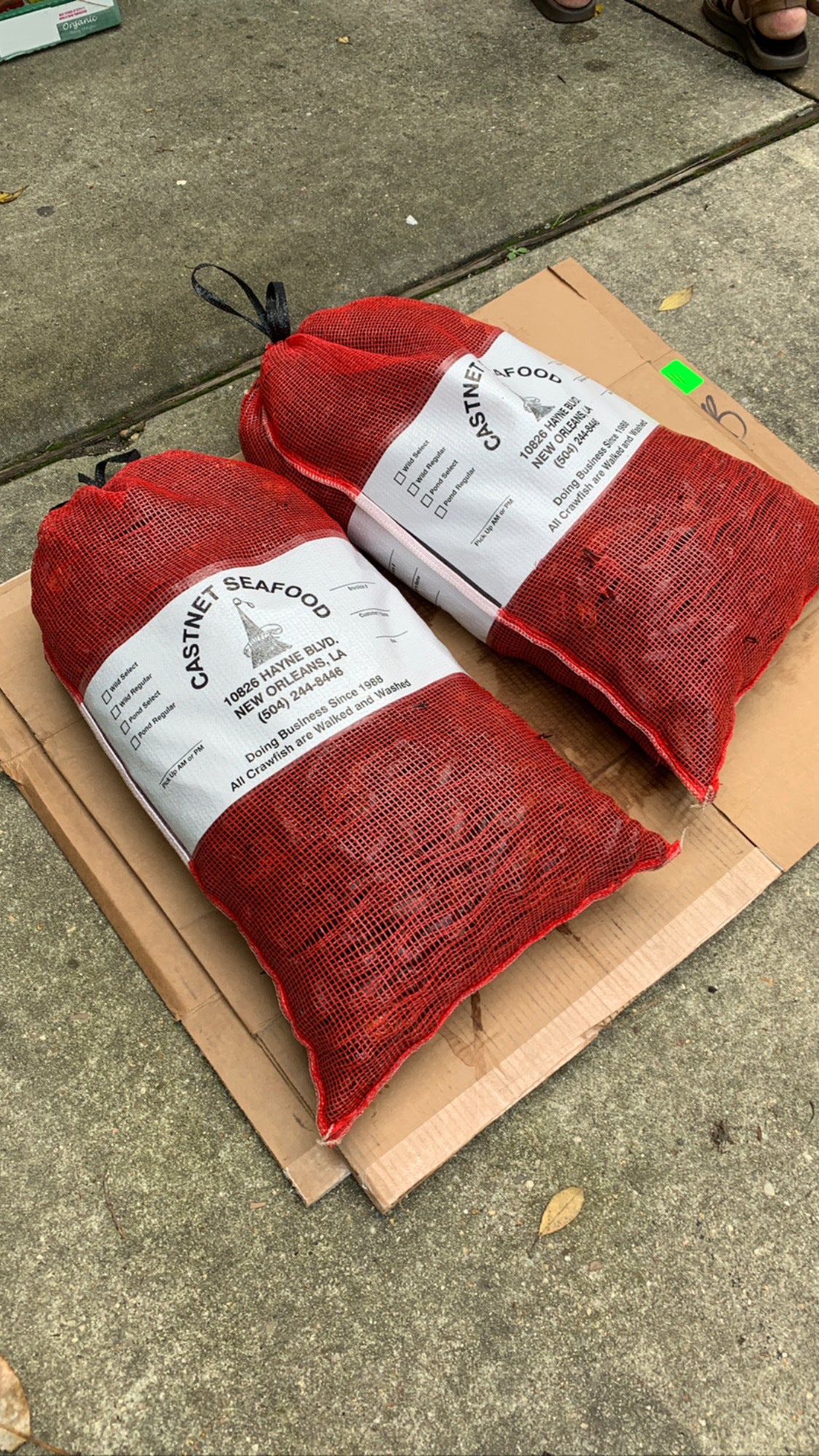
First, rinse the live crawfish thoroughly in fresh water to remove any dirt or debris. Remove them from the sack and soak them in a cooler or large bucket filled with fresh water. Feel free to gently stir up the bugs with a gloved hand or paddle to get as much mud and dirt off as possible. Drain the muddy water out, and maybe consider repeating the process more than once. When the water stays clear, you’re good to go. Many places sell pre-washed live crawfish, which can be a great alternative as it saves a good deal of time and water for a few extra cents per pound.

It's important to first check your gas and burner set up to make sure things are safely set up. Connect your gas to the burner and do a test light to make sure everything is good to go. Also important to make sure your burner stand is as level on the ground as possible, and clear the area of any debris that is close or could be blown into the burner and catch fire etc.
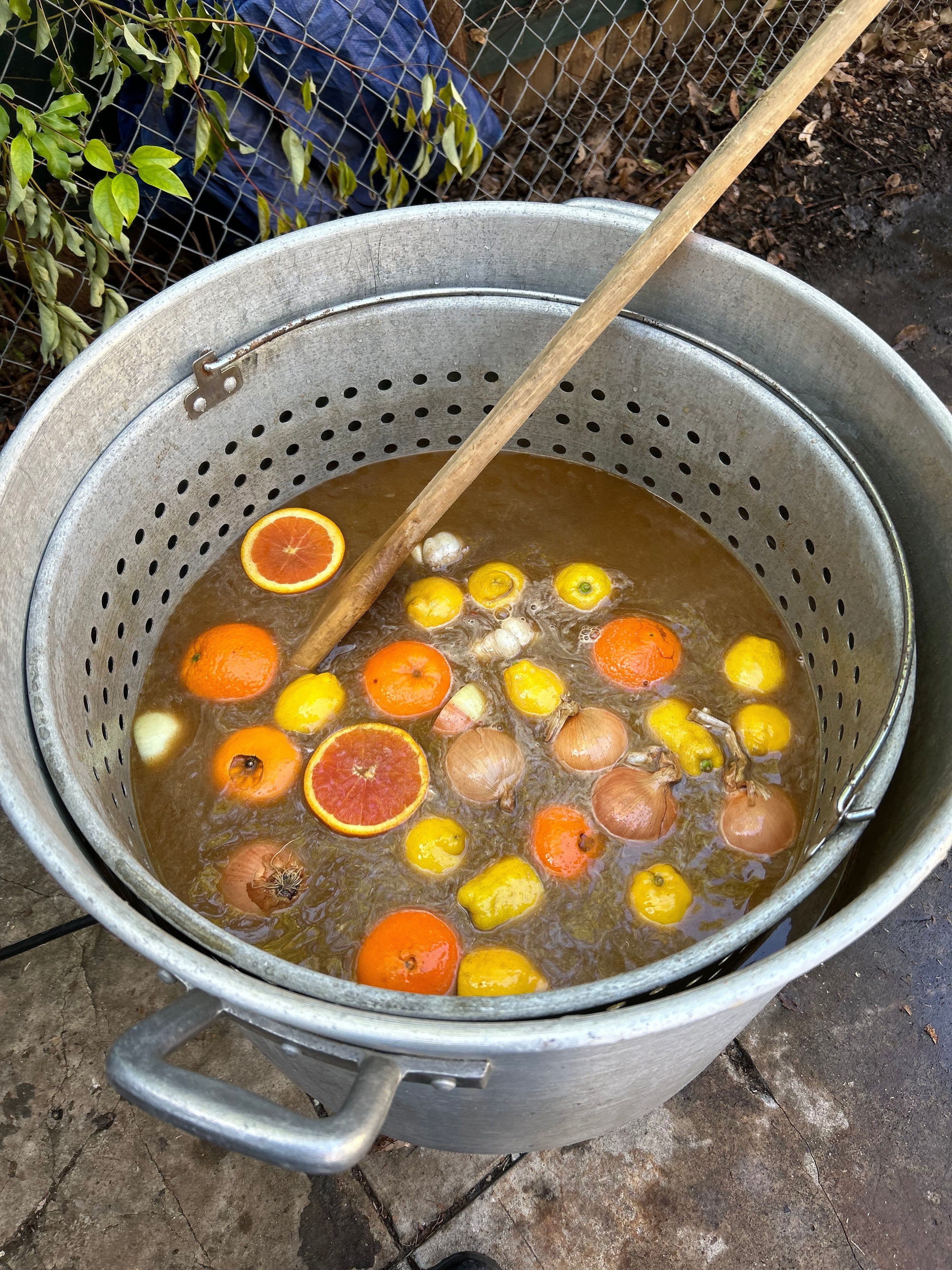
Start by putting your CLEANED boil pot on top of the burner, and fill it with water. How much water you need to fill it depends on the size of your pot and the ratio needed for the amount of bugs you're boil and the amount of seasoning you need. Most seasoning mixes have will have the but-to-water ration written somewhere on the packaging. If you like how it all turns out, remember how much seasoning you used, and scratch a water level mark on the wall on the inside of the pot for next time. Important to keep in mind that the basket will displace some water.
Once the water lever is set, keep the hose close by for safety, and light the burner. If working properly, the flame should be blue, and sound like a jet engine. Next add seasonings, liquid boil, and your flavor fixings (Onions, Lemon/lemon juice) to the water. This is also the best time to put in your garlic. Next you need to bring the water to boil. How long this takes depends on how much water you are using and how efficient your burner is.
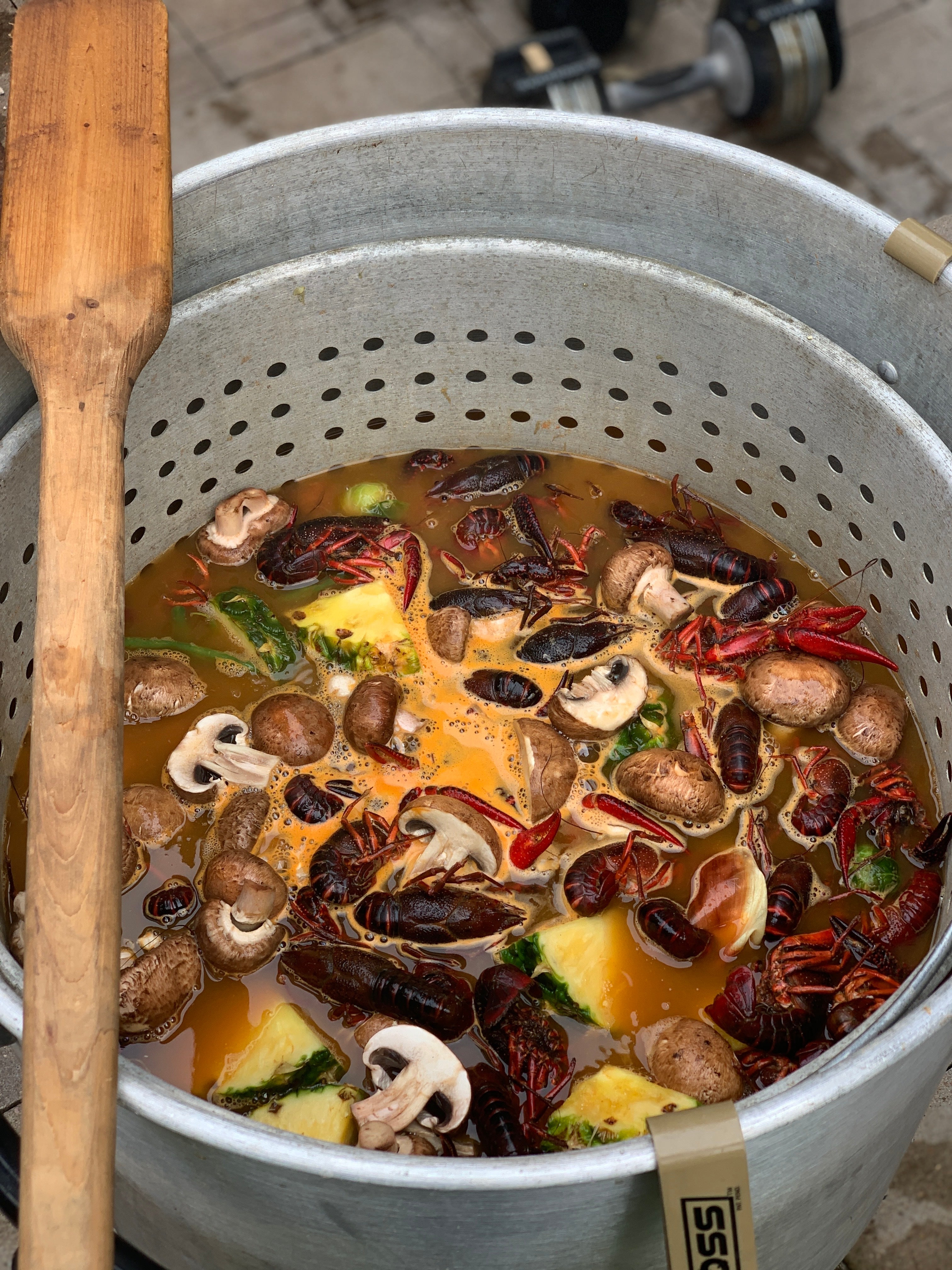
Once the seasoned water comes to a good rolling boil, add your potatoes and depending on their size let them cook for about 5-10 minutes. Remember that every time you add ingredients it will bring the temperature down. Wait for the water to return to boil when needed. You will need to stir the pot occasionally as sometimes the season can clump back up and to make sure your ingredients cook evenly. After the potatoes cook for a little bit add your mushrooms, and raw corn. If the corn is frozen we will add that later. Check the potatoes. If they are tender or just a bit al dente, then you are ready for bugs.

Make sure to bring the water to a strong boil. Carefully add the cleaned crawfish to the pot. You can dump them in directly or better yet take the basket out of the pot, dump em in there, so you can slowly lower the backset back in the water more controlled. The water temperature will drop when the crawfish are added, so bring it back to a boil and cook for about 5-10 minutes, depending on the size of the crawfish. The crawfish are done when their shells turn bright red, and the meat is opaque and tender. Test after 5-6 minutes. Once the meat is done, turn the fire off and remove the lid.
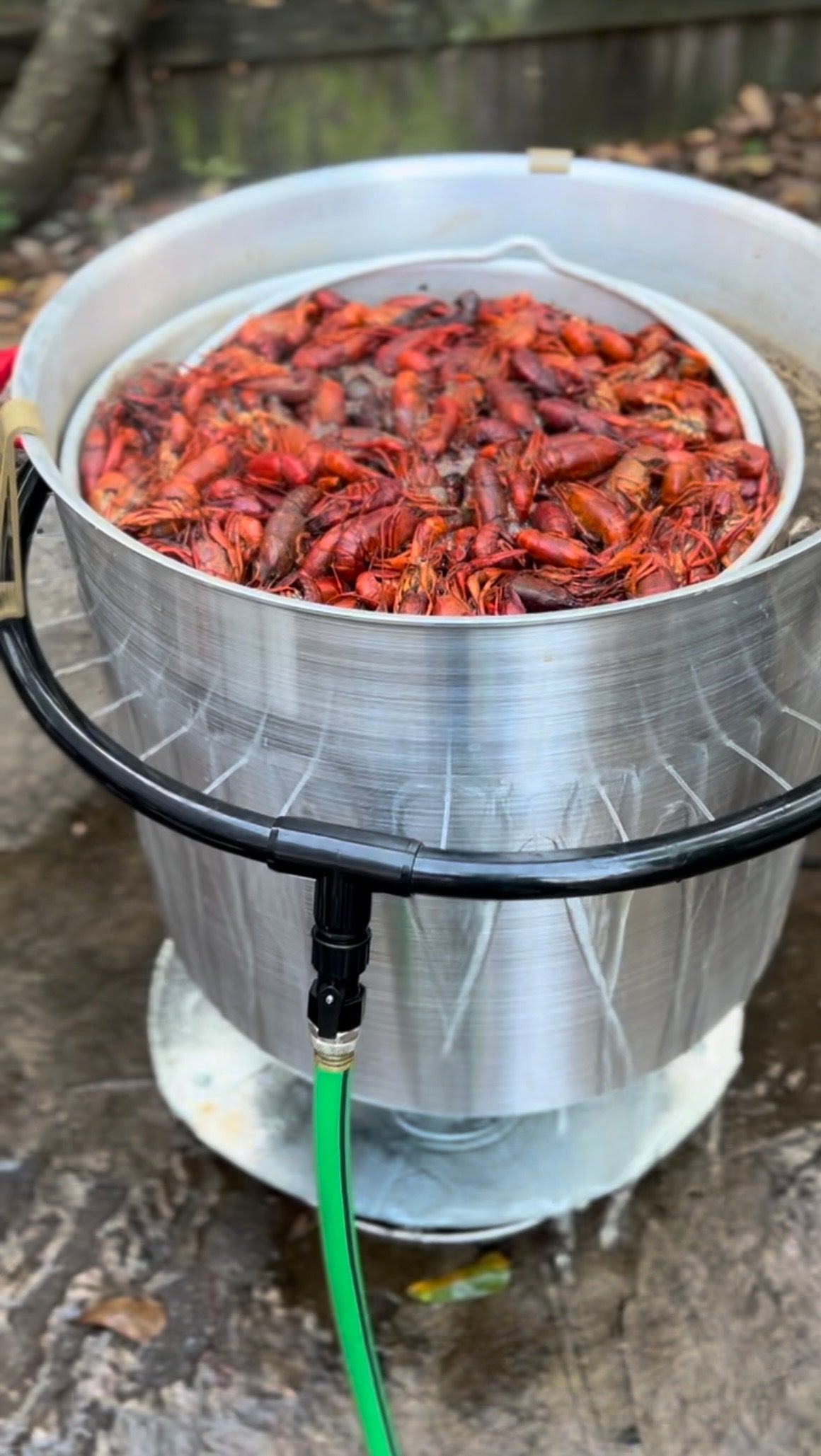
Once the bugs are cooked, turn off the heat and let the crawfish soak in the seasoned water for an additional 30+ minutes. This is the time to add your frozen corn to the pot as well. The soaking process is where the bugs absorb the flavor as the water cools. The ideal soaking temp is around 170 degrees. The fast you can get the pot down to the temp, and then the longer you let them soak at that temp the more flavor will be absorbed. You can help cool things down faster by spraying the outside of the pot with water (highly recommend a Boil Boss or similar product), put ice packs, or ice into the water. Cooling from the outside, rather than within is better. If you don't or cant cool down the water maybe cook the bugs a couple minutes less since the water will remain hot for longer.
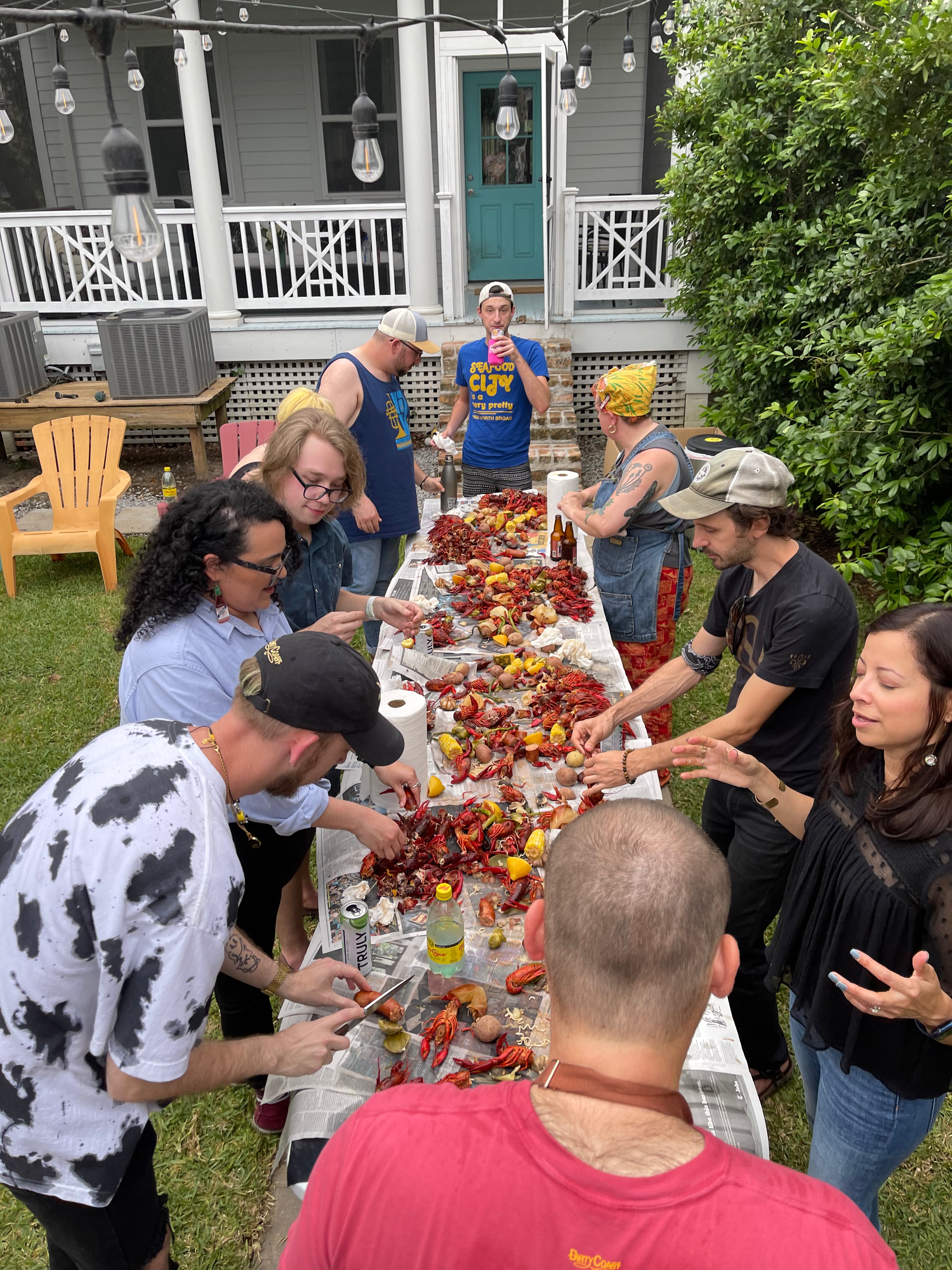
When the bugs have soaked long enough, Serve on a large platter or dump over a newspaper-covered table for a traditional, communal eating experience. To eat the crawfish, twist and pull the tail from the head, then peel away the shell to access the tender meat. Some people also suck the juices from the head, as it can be flavorful and considered a delicacy.
Congratulations! You're now a boiler. Now practice and get creative!
So you've decided to take the plunge and learn how to boil some crawfish. Good for you. It's a wonderful and worthwhile enevor. Gernerally speaking, boiling crawfish is simple. You get water boiling, add stuff, take stuff out. Simple. However, simple does not mean it's not hard work. But it's all worth it. Let's go over the basics of a good boil.
The magical thing about a crawfish boil is that generally, whatever you toss in the pot will taste better than it did before. That's just science. First thing's first, make your lists.
Essential Equipment:
-Boiling Pot w/ basket
-Burner w/ regulator
-Propane
-Gloves
-Water Source
-Paddle to stir
-Lighter
Ingredients (For Flavor)
-Boil Mix
-Onions
-Lemons and/or Lemon Juice
-Liquid Boil
Standard Ingredients (For Eatin')
-Crawfish
-Corn
-Potatoes
-Sausage
-Garlic
-Mushrooms
Next Level Ingredients (No Wrong Answers)
-Green Beans
-Asparagus
-Artichoke
-Pineapple
-Oranges (For flavor)
-Brussels Sprouts
-Any other meats or Veggies
"Are You Serious?" Ingredients (Yes. We Are Serious)
-Sweet Potato
-Ramen Noodles
-Ravioli
-Boiled Eggs
-Bologna
-Broccoli
-Tofu
-Peanuts
For brevity sake, let’s just focus on the standards:
Onions - peel and halve or quarter.
Lemons - Using your hand press and roll the lemons and then halve.
Corn - If fresh, best to break in half. Most frozen corn cobs are already halved.
Red Potatoes - Red potatoes work best but the sizes can vary. Try and find a sack where they are about the size of a kiwi. If there’s a lot of size variance, halve the potatoes so they are roughly the same size, or separate the big and small ones, and put the big ones in first so they cook longer, adding the smaller taters later.
Garlic - different methods here. You can throw them in as is or peel the outer layers of dry husk. Some cut off a portion of the non root end to expose the cloves. Some also separate the cloves out. Regardless, if you cook it right it should squeeze out like soft butter.
Mushrooms - Clean, and half or quarter if they are large shrooms. If they are on the smaller size they are good as is. They will shrink up a bit, so keep that in mind.
Sausage - cut into 2”-4” pieces. You can also just through the links in uncut, and cut them into pieces after you dump.
First, rinse the live crawfish thoroughly in fresh water to remove any dirt or debris. Remove them from the sack and soak them in a cooler or large bucket filled with fresh water. Feel free to gently stir up the bugs with a gloved hand or paddle to get as much mud and dirt off as possible. Drain the muddy water out, and maybe consider repeating the process more than once. When the water stays clear, you’re good to go. Many places sell pre-washed live crawfish, which can be a great alternative as it saves a good deal of time and water for a few extra cents per pound.
It's important to first check your gas and burner set up to make sure things are safely set up. Connect your gas to the burner and do a test light to make sure everything is good to go. Also important to make sure your burner stand is as level on the ground as possible, and clear the area of any debris that is close or could be blown into the burner and catch fire etc.
Start by putting your CLEANED boil pot on top of the burner, and fill it with water. How much water you need to fill it depends on the size of your pot and the ratio needed for the amount of bugs you're boil and the amount of seasoning you need. Most seasoning mixes have will have the but-to-water ration written somewhere on the packaging. If you like how it all turns out, remember how much seasoning you used, and scratch a water level mark on the wall on the inside of the pot for next time. Important to keep in mind that the basket will displace some water.
Once the water lever is set, keep the hose close by for safety, and light the burner. If working properly, the flame should be blue, and sound like a jet engine. Next add seasonings, liquid boil, and your flavor fixings (Onions, Lemon/lemon juice) to the water. This is also the best time to put in your garlic. Next you need to bring the water to boil. How long this takes depends on how much water you are using and how efficient your burner is.
Once the seasoned water comes to a good rolling boil, add your potatoes and depending on their size let them cook for about 5-10 minutes. Remember that every time you add ingredients it will bring the temperature down. Wait for the water to return to boil when needed. You will need to stir the pot occasionally as sometimes the season can clump back up and to make sure your ingredients cook evenly. After the potatoes cook for a little bit add your mushrooms, and raw corn. If the corn is frozen we will add that later. Check the potatoes. If they are tender or just a bit al dente, then you are ready for bugs.
Make sure to bring the water to a strong boil. Carefully add the cleaned crawfish to the pot. You can dump them in directly or better yet take the basket out of the pot, dump em in there, so you can slowly lower the backset back in the water more controlled. The water temperature will drop when the crawfish are added, so bring it back to a boil and cook for about 5-10 minutes, depending on the size of the crawfish. The crawfish are done when their shells turn bright red, and the meat is opaque and tender. Test after 5-6 minutes. Once the meat is done, turn the fire off and remove the lid.
Once the bugs are cooked, turn off the heat and let the crawfish soak in the seasoned water for an additional 30+ minutes. This is the time to add your frozen corn to the pot as well. The soaking process is where the bugs absorb the flavor as the water cools. The ideal soaking temp is around 170 degrees. The fast you can get the pot down to the temp, and then the longer you let them soak at that temp the more flavor will be absorbed. You can help cool things down faster by spraying the outside of the pot with water (highly recommend a Boil Boss or similar product), put ice packs, or ice into the water. Cooling from the outside, rather than within is better. If you don't or cant cool down the water maybe cook the bugs a couple minutes less since the water will remain hot for longer.
When the bugs have soaked long enough, Serve on a large platter or dump over a newspaper-covered table for a traditional, communal eating experience. To eat the crawfish, twist and pull the tail from the head, then peel away the shell to access the tender meat. Some people also suck the juices from the head, as it can be flavorful and considered a delicacy.
Congratulations! You're now a boiler. Now practice and get creative!












